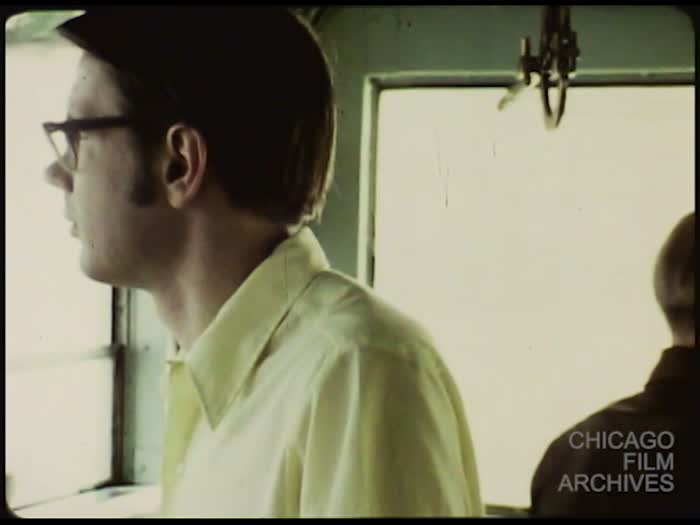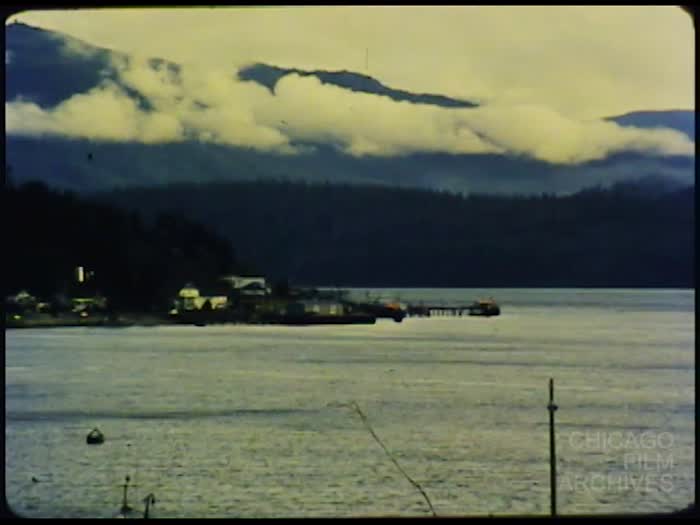Chuck Olin Collection
Inclusive Dates
1965 – 2001
Bulk Dates
1967 – 1986
Preservation Sponsor

Abstract
The Chuck Olin Collection is comprised of films, videotapes and ephemera made by Chuck Olin from his work at two Chicago area film production companies from the mid-60s to the late 1990s: first with the Film Group/Mike Gray Associates and after 1974 with his own Chuck Olin Associates. Included are political documentaries made by the Film Group on the 1968 Democratic National Convention; television commercials for a variety of clients including Sears, Blue Cross Blue Shield, and politicians running for election; sponsored films for the Art Institute of Chicago, the National Medical Association, and Eli Lilly; educational films for Encyclopaedia Britannica; and a documentary by Olin on the Jewish Brigade in World War II.
Description
The Chuck Olin Collection is organized into two series reflecting his work with two production companies that bridged the divide between observational documentary filmmaking and more commercial work on television advertisements and sponsored films:
SERIES I: Film Group/Mike Gray Associates Films
Subseries I: Film Group Television Commercials
Subseries II: Film Group Sponsored Films
Subseries III: Film Group Political Documentaries
SERIES II: Chuck Olin Associates Films, Videotapes & Ephemera
Subseries I: Chuck Olin Associates 16mm Films
Subseries II: Chuck Olin Associates Videotapes
Subseries II: Chuck Olin Associates Ephemera
SERIES I includes 16mm films and TV commercials from his time working for the Film Group/Mike Gray Associates in Chicago. The series dates from 1965 to 1973. Series I is split into three subseries that reflect the form and economic purpose of the works: Subseries I includes television commercials, Subseries II contains sponsored films, and Subseries III comprises the company’s political documentaries.
The commercials in Series I: Subseries I were made from 1965 to 1972. There are a total of 221 advertisements in the collection though many are duplicates. They include commercials made for national and Chicago area businesses. National clients represented in the collection include: Alert Soap, All State, Aunt Jemima, Blue Cross Blue Shield, Bunker Ramo, Florsheim, Hill’s Bros. Coffee, Kenner, Kentucky Fried Chicken, Minnie Pearl’s Fried Chicken, Montgomery Ward, Quaker Oats, Sara Lee, Satin Plus, Sears, Thank You Pudding, and Vets’ Dog Food. Commercials for local companies include: Chicago American newspaper, Chicago Tribune, Commonwealth Edison, Illinois Bell, Irv Kupcinet’s TV show, Karoll’s clothing store, Peoples Gas, WBKB-TV, and local politicians running for election.
The sponsored films in Series I: Subseries II are short films made from 1965-1973. Companies and professional organizations hired the Film Group/Mike Gray Associates to make these sponsored films for a specific purpose, such as a training film for doctors on a new distribution method of dispersing pills, for salesmen promoting a condo building, and to recruit African American doctors. Films in this subseries include: Eli Lilly: Identadose, GATX, WLS, Dunbar Sales Film, Eight Flags for 99 Cents, A Matter of Opportunity, The Hidden Resource: A Report on Recycling, and Impressionism to Cubism in 9 Minutes.
Series I: Subseries III contains prints of the Film Group’s seven part educational film series Urban Crisis and the New Militants from 1969. These films are described individually in the finding aid for the Film Group Collection also at Chicago Film Archives. Also included in this subseries are two trailers for the two feature length documentaries made by the Film Group: American Revolution II and The Murder of Fred Hampton. Neither trailer is found on the recent commercial DVD releases of the films. Please note that CFA's Film Group Collection contains additional 16mm prints as well as streaming media for the entire Urban Crisis and the New Militants series.
SERIES II includes films and other items from Chuck Olin’s own production company, Chuck Olin Associates. The date range for this series is 1974 to 2001. It is split into three subseries.
Series II: Subseries I is comprised of 16mm film prints made by Chuck Olin Associates. This subseries includes sponsored films, educational films made for Encyclopedia Britannica, and documentary films originated by Olin. The sponsored films in this series include Box of Treasures, The Gift: Four Seasons Mosaic by Marc Chagall, andA Palette of Glass: The America Windows of Marc Chagall.The four educational films Olin made for Encyclopedia Britannica in this collection are only a small subset of the over 17 films he made for the company. This subseries also includes two documentaries made by Olin without any sponsorship: Jack’s Run: The Story of a First Time Marathoner and the feature length documentary In Our Own Hands: The Hidden Story of the Jewish Brigade in World War II.
Series II: Subseries II is comprised of videotapes of an interview from 2000 and 2001 that Olin conducted with Peter Allen for Olin’s last documentary Call it Home. The 22 tapes are a mixture of DVCAM, Beta SP, and VHS tapes.
Series II: Subseries III contains four 4x6 color photographs that show Olin and Peter Allen. Presumably they are also from 2000-2001.
SERIES I: Film Group/Mike Gray Associates Films
Subseries I: Film Group Television Commercials
Subseries II: Film Group Sponsored Films
Subseries III: Film Group Political Documentaries
SERIES II: Chuck Olin Associates Films, Videotapes & Ephemera
Subseries I: Chuck Olin Associates 16mm Films
Subseries II: Chuck Olin Associates Videotapes
Subseries II: Chuck Olin Associates Ephemera
SERIES I includes 16mm films and TV commercials from his time working for the Film Group/Mike Gray Associates in Chicago. The series dates from 1965 to 1973. Series I is split into three subseries that reflect the form and economic purpose of the works: Subseries I includes television commercials, Subseries II contains sponsored films, and Subseries III comprises the company’s political documentaries.
The commercials in Series I: Subseries I were made from 1965 to 1972. There are a total of 221 advertisements in the collection though many are duplicates. They include commercials made for national and Chicago area businesses. National clients represented in the collection include: Alert Soap, All State, Aunt Jemima, Blue Cross Blue Shield, Bunker Ramo, Florsheim, Hill’s Bros. Coffee, Kenner, Kentucky Fried Chicken, Minnie Pearl’s Fried Chicken, Montgomery Ward, Quaker Oats, Sara Lee, Satin Plus, Sears, Thank You Pudding, and Vets’ Dog Food. Commercials for local companies include: Chicago American newspaper, Chicago Tribune, Commonwealth Edison, Illinois Bell, Irv Kupcinet’s TV show, Karoll’s clothing store, Peoples Gas, WBKB-TV, and local politicians running for election.
The sponsored films in Series I: Subseries II are short films made from 1965-1973. Companies and professional organizations hired the Film Group/Mike Gray Associates to make these sponsored films for a specific purpose, such as a training film for doctors on a new distribution method of dispersing pills, for salesmen promoting a condo building, and to recruit African American doctors. Films in this subseries include: Eli Lilly: Identadose, GATX, WLS, Dunbar Sales Film, Eight Flags for 99 Cents, A Matter of Opportunity, The Hidden Resource: A Report on Recycling, and Impressionism to Cubism in 9 Minutes.
Series I: Subseries III contains prints of the Film Group’s seven part educational film series Urban Crisis and the New Militants from 1969. These films are described individually in the finding aid for the Film Group Collection also at Chicago Film Archives. Also included in this subseries are two trailers for the two feature length documentaries made by the Film Group: American Revolution II and The Murder of Fred Hampton. Neither trailer is found on the recent commercial DVD releases of the films. Please note that CFA's Film Group Collection contains additional 16mm prints as well as streaming media for the entire Urban Crisis and the New Militants series.
SERIES II includes films and other items from Chuck Olin’s own production company, Chuck Olin Associates. The date range for this series is 1974 to 2001. It is split into three subseries.
Series II: Subseries I is comprised of 16mm film prints made by Chuck Olin Associates. This subseries includes sponsored films, educational films made for Encyclopedia Britannica, and documentary films originated by Olin. The sponsored films in this series include Box of Treasures, The Gift: Four Seasons Mosaic by Marc Chagall, andA Palette of Glass: The America Windows of Marc Chagall.The four educational films Olin made for Encyclopedia Britannica in this collection are only a small subset of the over 17 films he made for the company. This subseries also includes two documentaries made by Olin without any sponsorship: Jack’s Run: The Story of a First Time Marathoner and the feature length documentary In Our Own Hands: The Hidden Story of the Jewish Brigade in World War II.
Series II: Subseries II is comprised of videotapes of an interview from 2000 and 2001 that Olin conducted with Peter Allen for Olin’s last documentary Call it Home. The 22 tapes are a mixture of DVCAM, Beta SP, and VHS tapes.
Series II: Subseries III contains four 4x6 color photographs that show Olin and Peter Allen. Presumably they are also from 2000-2001.
Series In this Collection
Collection Items
Film
Bunker Ramo Composite
1970s
Film
Pete Bensinger "Cook County Sheriff Campaign Ad"
1974
Film
A.B. Dick Company “Machines”
circa 1965
Film
A.B. Dick Company “Machines”
circa 1965
Film
A.B. Dick Company “Salesman”
circa 1966
Film
A.B. Dick Company “Salesman”
circa 1966
Film
AC Spark Plugs
1968
Film
Alert Soap “ The Perfect Bar of Soap”
1969
Film
Allstate Insurance Company “Santell”
1967
Film
American National Bank “Dennis O’Neal”
1970s
Film
American National Bank “Gastineau”
circa 1976
Film
American National Bank “Jack Katz”
circa 1976
Film
American National Bank “Jim Carlson”
circa 1976
Film
American National Bank “Nightmares”
1968
Film
American National Bank “Tycoon”
1968
Film
Chicago American “Trucks”
1967
Film
Blue Cross Blue Shield “Breakfast”
1967
Film
Blue Cross Blue Shield “Breathing Bag”
1967
Film
Donald P. Moore “Justice”
1971
Film
Exchange National Bank “Bandit”
1968
Film
Blue Cross Blue Shield “We Need Each Other”
1972
Film
Flavor-Kist Cookies “Crunch”
1967
Film
Vets’ Dog Food “Dachshund”
1967
Film
Thank You Pudding “Laboratory”
1968
Film
Aunt Jemima “Farm Family”
1967
Film
Chicago Tribune “Folksinger”
1968
Film
Quaker Oats Shredded Wheat “Wager”
1968
Film
Thank You Pudding “Chocolate Pudding”
1967
Film
Thank You Pudding “Interrogator”
1967
Film
Minnie Pearl’s Chicken "Fried Chicken"
1968
Film
Kentucky Fried Chicken “Sunday Dinner”
1968
Film
Sears, Roebuck and Company “Racing Track”
1968
Film
Kentucky Fried Chicken "Finger Lickin' Good"
1968
Film
Blue Cross Blue Shield “Turn Blue”
1968
Film
American Medical Association “Venereal Disease”
1970
Film
AMF "Homko Mowers"
1968
Film
Illinois Bell Telephone “Amigo”
1967
Film
Sears, Roebuck and Company "Perma Prest Courduroy Slacks"
1968
Film
Purify Breath Mints “Wrestling”
1966
Film
Commonwealth Edison “O’Hare”
Film
Aunt Jemima “Pouring Container”
1967
Film
Sara Lee “Beef Stroganoff and Shrimp Creole”
1966
Film
Sara Lee “Beef Casserole and Chicken Casserole”
1966
Film
Sara Lee “Chicken Noodles and Sara Lee Chicken”
1966
Film
Sara Lee “Cheese Dumplings and Macoroni Floretine”
1966
Film
Coco Wheats “Kid’s Toys”
1968
Film
Bernard Carey “Endorsement”
1972
Film
Vets’ Dog Food "Tug of War"
1967
Film
Satin Plus Paints “Trilogy”
1968
Film
Vets’ Dog Food “Jump Out”
1968
Film
Vets' Dog Food "Racecar"
1967
Film
Montgomery Ward “Eskimo Snow Tires”
1972
Film
Sears, Roebuck and Company “Recording Studio”
1968
Film
Montgomery Ward “Fencing”
1970
Film
William G. Clark "William G. Clark for U.S. Senator"
1968
Film
Karoll's Department Stores “Santa Claus”
1969
Film
Project Straight Dope “Pollution”
1971
Film
Thank You Pudding “Palumbo”
1968
Film
Project Straight Dope “Peter”
1970
Film
Sears, Roebuck and Company “Fire Truck”
1968
Film
Kenner Products “Dune Buggy Jr”
1968
Film
Kelvinator Corporation “Measure of Quality”
1972
Film
People’s Gas Company “Recipes”
1972
Film
United Airlines “Party”
1971
Film
People's Gas Company “Youth Motivation”
1972
Film
WBKB “Yawn”
Film
Sears, Roebuck and Company “Crawling Baby Doll"
1968
Film
Impressionism to Cubism in 9 Minutes
1973
Film
GATX Corporation "GATX"
1969
Film
Dunbar Sales Film
circa 1970
Film
WLS
circa 1969
Film
Park Band
circa 1965
Film
Commonwealth Edison "The Hidden Resource: A Report on Recycling"
1972
Film
Eli Lilly and Company "Identi-dose"
1965
Film
Matter of Opportunity, A
1968
Film
Matter of Opportunity, A
1968
Film
8 Flags for 99 Cents
1970
Film
Murder of Fred Hampton, The [Trailer]
1969
Film
American Revolution 2 [Trailer]
1969
Film
Across the Great Divide (excerpt)
1972
Film
Box of Treasures
1983
To request more information about the items in this collection, please contact the archive at
info@chicagofilmarchives.org.
Items with Viewable Media
-
SERIES I: Film Group/Mike Gray Associates Films
- AC Spark Plugs
- AC Spark Plugs
- Alert Soap “ The Perfect Bar of Soap”
- Alert Soap “The Perfect Bar of Soap”
- Alert Soap “The Perfect Bar of Soap”
- Alert Soap “The Perfect Bar of Soap”
- Allstate Insurance Company “Santell”
- American Medical Association “Venereal Disease”
- American Medical Association “Venereal Disease”
- American Medical Association “Venereal Disease”
- American Medical Association “Venereal Disease”
- American National Bank “Dennis O’Neal”
- American National Bank “Dennis O’Neal”
- American National Bank “Gastineau”
- American National Bank “George K. Metzger”
- American National Bank “Jack Katz”
- American National Bank “Jim Carlson”
- American National Bank “Nightmares”
- American National Bank “Tycoon”
- AMF "Homko Mowers"
- AMF "Homko Mowers"
- Aunt Jemima “Farm Family”
- Aunt Jemima “Farm Family”
- Aunt Jemima “Farm Family”
- Aunt Jemima “Farm Family”
- Aunt Jemima “Farm Family”
- Aunt Jemima “Farm Family”
- Aunt Jemima “Farm Family”
- Aunt Jemima “Farm Family”
- Aunt Jemima “Pouring Container”
- Aunt Jemima “Pouring Container”
- A.B. Dick Company “Machines”
- A.B. Dick Company “Machines”
- A.B. Dick Company “Salesman”
- A.B. Dick Company “Salesman”
- A.B. Dick Company “Salesman”
- Bernard Carey “Endorsement”
- Blue Cross Blue Shield “Breakfast”
- Blue Cross Blue Shield “Breakfast”
- Blue Cross Blue Shield “Breathing Bag”
- Blue Cross Blue Shield “Turn Blue”
- Blue Cross Blue Shield “We Need Each Other”
- Blue Cross Blue Shield “We Need Each Other”
- Blue Cross Blue Shield “We Need Each Other”
- Blue Cross Blue Shield “We Need Each Other”
- Blue Cross Blue Shield “We Need Each Other”
- Bunker Ramo Composite
- Bunker Ramo “Connectors”
- Bunker Ramo “Mini-Computer”
- Bunker Ramo “Overview”
- Bunker Ramo “System 7”
- Bunker Ramo “System 7”
- Burgess Seed & Plant Co “Lawn Sprinkler”
- Chicago American “Silhouettes”
- Chicago American “Spirit of 76”
- Chicago American “Trucks”
- Chicago Tribune "Folksinger"
- Chicago Tribune “Folksinger”
- Chicago Tribune “Folksinger”
- Chicago Tribune “Folksinger”
- Coco Wheats “Kid’s Toys”
- Coffee “Party”
- Coffee “Party”
- Coffee “Party”
- Commonwealth Edison “Hospital”
- Commonwealth Edison “Hospital”
- Commonwealth Edison “O’Hare”
- Commonwealth Edison “O’Hare”
- Commonwealth Edison “O’Hare”
- Commonwealth Edison “O’Hare”
- Commonwealth Edison “Recycling”
- Commonwealth Edison “Recycling”
- Commonwealth Edison “Recycling”
- Commonwealth Edison “Recycling”
- Commonwealth Edison “Recycling”
- Commonwealth Edison “Speakers Bureau”
- Continental Casualty “Declaration of Independence”
- Continental Casualty "Solitaire"
- Donald P. Moore “Justice”
- Donald P. Moore “State’s Attorney General”
- Donald P. Moore “State’s Attorney General”
- Donald P. Moore “State’s Attorney General”
- Exchange National Bank “Bandit”
- Exchange National Bank “Bandit”
- Flavor-Kist Cookies “Animation”
- Flavor-Kist Cookies “Crunch”
- Flavor-Kist Cookies “Crunch”
- Florsheim Shoes “Centipede”
- Florsheim Shoes “Centipede
- Hill Bros. Coffee “Breakfast”
- Hill Bros. Coffee “Breakfast”
- Hills Bros. Coffee
- Illinois Bell Telephone “Amigo”
- Illinois Bell Telephone “Amigo”
- Illinois Bell Telephone “Amigo”
- Illinois Bell Telephone “Amigo Service”
- Illinois Bell Telephone “Sunday”
- Illinois Bell Telephone “Sunday”
- Illinois Bell Telephone “Sunday Paper”
- Karoll's Department Stores “Santa Claus”
- Karoll's Department Stores “Santa Claus”
- Kelvinator Corporation “Craftsmanship”
- Kelvinator Corporation “Measure of Quality”
- Kenner Products “Dune Buggy Jr”
- Kenner Products “Dune Buggy Jr”
- Kenner Products “Dune Buggy Jr”
- Kenner Products “Dune Buggy Jr”
- Kenner Products “Dune Buggy Jr” [30 second]
- Kenner Products “Dune Buggy Jr” [60 second]
- Kenner Products “Flip Your Top”
- Kentucky Fried Chicken "Finger Lickin' Good"
- Kentucky Fried Chicken “Sunday Dinner”
- Kentucky Fried Chicken “Sunday Dinner”
- Micrin Gum Mints “Wrestling”
- Micrin Gum Mints “Wrestling”
- Micrin Gum Mints “Wrestling”
- Minnie Pearl’s Chicken "Fried Chicken"
- Minnie Pearl’s Fried Chicken
- Mogen David “Party”
- Mogen David “Waiting Man”
- Montclair “Male”
- Montgomery Ward “Big Sur”
- Montgomery Ward “Eskimo Snow Tires”
- Montgomery Ward “Eskimo Snow Tires”
- Montgomery Ward “Eskimo Snow Tires”
- Montgomery Ward “Eskimo Snow Tires”
- Montgomery Ward “Eskimo Snow Tires”
- Montgomery Ward “Fashion Jeans Moods”
- Montgomery Ward “Fencing”
- Montgomery Ward “Fencing”
- Montgomery Ward “Fencing”
- Montgomery Ward “Fencing”
- Montgomery Ward “Life Paint”
- People’s Gas Company “Recipes”
- People’s Gas Company “Tall Home”
- People’s Gas Company “Youth Motivation”
- People's Gas Company “Youth Motivation”
- People’s Gas Company “Youth Motivation”
- Pete Bensinger "Cook County Sheriff Campaign Ad"
- Pete Bensinger "Cook County Sheriff Campaign Ad"
- Pete Bensinger "Cook County Sheriff Campaign Ad"
- Pete Bensinger "Cook County Sheriff Campaign Ad"
- Pete Bensinger "Cook County Sheriff Campaign Ad" (A)
- Pete Bensinger "Cook County Sheriff Campaign Ad" (B)
- Pete Bensinger "Cook County Sheriff Campaign Ad" (C)
- Pete Bensinger "Cook County Sheriff Campaign Ad" (D)
- Pete Bensinger "Cook County Sheriff Campaign Ad" (D)
- Pete Bensinger "Cook County Sheriff Campaign Ad" (E)
- Pete Bensinger "Cook County Sheriff Campaign Ad" (F)
- Pioneer Seed Corn “Cornfield”
- Pioneer Seed Corn “Cornfield”
- Project Straight Dope “Peter”
- Project Straight Dope “Peter”
- Project Straight Dope “Pollution”
- Project Straight Dope “Pollution”
- Purify Breath Mints “Wrestling”
- Purify Breath Mints “Wrestling”
- Quaker Oats Shredded Wheat “4 People”
- Quaker Oats Shredded Wheat “Wager”
- Quaker Oats Shredded Wheat “Wager”
- Quaker Oats Shredded Wheat “Wager”
- Quaker Oats Shredded Wheat “Wager”
- Quote Soap “Great Survey”
- Romonda Watch “Cowboy”
- Sara Lee “Beef Casserole and Chicken Casserole”
- Sara Lee “Beef Stroganoff and Shrimp Creole”
- Sara Lee “Cheese Dumplings and Macoroni Floretine”
- Sara Lee “Chicken Noodels & and Sara Lee Chicken”
- Sara Lee “Chicken Noodles and Sara Lee Chicken”
- Sara Lee “Gnocchi”
- Sara Lee “Shrimp Creole”
- Satin Plus Paints “Trilogy”
- Satin Plus Paints “Trilogy”
- Sears, Roebuck and Company “Crawling Baby Doll"
- Sears, Roebuck and Company “Crawling Baby Doll"
- Sears, Roebuck and Company “Crawling Baby Doll”
- Sears, Roebuck and Company “Crawling Baby Doll"
- Sears, Roebuck and Company “Fire Truck”
- Sears, Roebuck and Company "Perma Prest Courduroy Slacks"
- Sears, Roebuck and Company “Racing Track”
- Sears, Roebuck and Company “Recording Studio”
- Sears, Roebuck and Company “Slot Cars”
- Sears, Roebuck and Company “Slot Cars”
- Squirt “7”
- Squirt “14”
- Squirt “17”
- STP Oil "The Racer's Edge"
- Thank You Pudding “Cherry Pie Filling”
- Thank You Pudding “Chocolate Pudding”
- Thank You Pudding “Curmudgeon”
- Thank You Pudding “Interrogator”
- Thank You Pudding “Interrogator”
- Thank You Pudding “Laboratory”
- Thank You Pudding “Laboratory”
- Thank You Pudding “Palumbo”
- Thank You Pudding “Palumbo”
- Thank You Pudding “Palumbo”
- United Airlines “Party”
- Vaco Products “Vaco Screwdrivers”
- Vet’s Dog Food “Flip”
- Vets’ Dog Food “Cop”
- Vets’ Dog Food “Dachshund”
- Vets’ Dog Food “Dachshund”
- Vets’ Dog Food “Jump Out”
- Vets’ Dog Food “Jump Out”
- Vets' Dog Food "Racecar"
- Vets’ Dog Food "Tug of War"
- WBKB “Leaving Chair”
- WBKB “Man”
- WBKB “Sleeper”
- WBKB “Yawn”
- WBKB “Yawn”
- William G. Clark "William G. Clark for U.S. Senator"
- 8 Flags for 99 Cents
- Commonwealth Edison "The Hidden Resource: A Report on Recycling"
- Dunbar Sales Film
- Eli Lilly and Company "Identi-dose"
- GATX Corporation "GATX"
- Impressionism to Cubism in 9 Minutes
- Matter of Opportunity, A
- Matter of Opportunity, A
- Matter of Opportunity [Cut Version], A
- Park Band
- WLS
- WLS
- American Revolution 2 [Trailer]
- American Revolution 2 [Trailer]
- Law and Order vs. Dissent
- Law and Order vs. Dissent
- Murder of Fred Hampton, The [Trailer]
- People’s Right to Know: Police vs. Reporters, The
- Police Power and Freedom of Assembly: The Gregory March
- Police Power and Freedom of Assembly: The Gregory March
- Social Confrontation: The Battle of Michigan Ave.
- Social Confrontation: The Battle of Michigan Ave.
- Social Confrontation: The Battle of Michigan Ave.
- Across the Great Divide (excerpt)
- Box of Treasures
- Consumer Economics: Making Decisions
- Gift: Four Seasons Mosaic of Marc Chagall, The
- Gift: The Four Seasons Mosaic of Marc Chagall, The
- Impact of Television [Work Print], The
- In Our Own Hands
- Jack’s Run: The Story of a First Time Marathoner
- Lobbying: A Case History
- Palette of Glass: The America Windows of Marc Chagall, A
- Roadmap for Change: The Deming Approach
- Roadmap for Change: The Deming Approach (Part II) [Animation Test]
- Roadmap for Change: The Deming Legacy (Part II)
- Peter Allen 1
- Peter Allen 1
- Peter Allen 2
- Peter Allen 2
- Peter Allen 2
- Peter Allen 3
- Peter Allen 3
- Peter Allen 3
- Peter Allen 4
- Peter Allen 4
- Peter Allen 4
- Peter Allen 5
- Peter Allen 5
- Peter Allen 5
- Peter Allen 6
- Peter Allen 6
- Peter Allen 7
- Peter Allen 7
- Peter Allen 8
- Peter Allen 9
- Peter Allen interview
- Peter Allen Interviews
SERIES II: Chuck Olin Associates Films, Videotapes & Ephemera
Collection Identifier
C.2005-05
Extent of Collection
74 reels of 16mm film totaling 41,146 feet, 9 DVCAM videotapes, 7 Betacam SP videotapes, 6 VHS videotapes, and 1 folder of photographs
Language Of Materials
English
Custodial History
The objects in this collection were created by Chuck Olin and others at two production companies: the Film Group/Mike Gray Associates and Chuck Olin Associates. The films were stored by Olin at his home and office. They were donated to Chicago Film Archives after Olin's death in 2005.
Related Materials
The Film Group Collection at Chicago Film Archives includes preservation and access elements of the Urban Crisis films and a small paper collection of documents related to the Film Group. The University of Illinois at Champaign Urbana has digitized copies of the interviews Olin conducted for the making of IN OUR OWN HANDS and IS JERUSALEM BURNING. See http://www.library.illinois.edu/hpnl/Olin/ for more information.
Related Collections
Access Restrictions
This collection is open to on-site access. Appointments must be made with Chicago Film Archives. Due to the fragile nature of the films, only video copies will be provided for on-site viewing. The videotapes in Series II: Subseries II are not currently accessible. The photos in Series II: Subseries III are not processed but are accessible on-site.
Use Restrictions
Most of the films in this collection were made as works for hire. As such copyright was not transferred to Chicago Film Archives and remains with original copyright holder. Determination of copyright for these materials for reproduction is the responsibility of the user. Rights for Olin's two films on Chagall - THE GIFT and PALETTE OF GLASS - as well as his film IN OUR OWN HANDS remain with his estate, which is managed by his widow Nancy Olin.
Creators
Olin, Chuck
(was created by)
Charles “Chuck” Olin (January 11, 1937-January 20, 2005) grew up in Chicago’s Hyde Park neighborhood. After graduating from Harvard University in 1959, he returned to Chicago to work at the family business, Goldenrod Ice Cream.
In 1965 Olin began working in film production as an associate director on a film by Philip Kaufman. From 1966 to 1973 he worked in a variety of capacities for the Film Group, a Chicago film production company that made television commercials and a series of documentaries on the 1968 Democratic National Convention and the local chapter of the Black Panther Party. At first Olin worked as the salesman, but he later moved to directing sponsored films including Eight Flags for 99 Cents and A Matter of Opportunity, both 1970. For more information on the Film Group see the finding aid for the Film Group Collection.
In 1974, after the dissolution of the Film Group, Olin created his own film production company, Chuck Olin Associates. Over its 30 year existence the company made sponsored and educational films for clients including Encyclopaedia Brittanica, Coronet Films, the Art Institute of Chicago, the Field Museum, the University of Chicago Hospitals, the National Safety Council, the Chicago Police Department, the Illinois Housing Authority, the U’Mista Cultural Center, and the Hoover Presidential Library. Highlights from these sponsored films include 1983’s Box of Treasures, The Gift (1974): Four Seasons of Marc Chagall (1974), Parkside: A Neighborhood Fights Back (1982), and the two part Roadmap for Change: The Demming Approach (1984 and 1986).
Olin continued to make independent documentaries on a wide variety of subjects. In 1991 he released Out of the Silence: Fighting for Human Rights that contrasted the successful revolutions in Eastern Europe with the plight of Guatemalans living under a repressive regime. In 1998 and 2001 he made two films on the Jewish Infantry Brigade in World War II: In Our Own Hands: The Hidden Story of the Jewish Brigade in World War II and Is Jerusalem Burning? Myth, Memory and the Battle of Latrun.
In 2000 Olin and his wife Nancy moved to Stinson Bay, California. Olin worked on a documentary on activists fighting to protect a river estuary from pollution. He died from complications from amyloidosis, a bone marrow disease, before he could finish the film. Nancy and co-producer Bill Chayes finished the project. The film, Call it Home, had its premiere in 2008.
Gray, Mike
(was created by)
In 1965 Olin began working in film production as an associate director on a film by Philip Kaufman. From 1966 to 1973 he worked in a variety of capacities for the Film Group, a Chicago film production company that made television commercials and a series of documentaries on the 1968 Democratic National Convention and the local chapter of the Black Panther Party. At first Olin worked as the salesman, but he later moved to directing sponsored films including Eight Flags for 99 Cents and A Matter of Opportunity, both 1970. For more information on the Film Group see the finding aid for the Film Group Collection.
In 1974, after the dissolution of the Film Group, Olin created his own film production company, Chuck Olin Associates. Over its 30 year existence the company made sponsored and educational films for clients including Encyclopaedia Brittanica, Coronet Films, the Art Institute of Chicago, the Field Museum, the University of Chicago Hospitals, the National Safety Council, the Chicago Police Department, the Illinois Housing Authority, the U’Mista Cultural Center, and the Hoover Presidential Library. Highlights from these sponsored films include 1983’s Box of Treasures, The Gift (1974): Four Seasons of Marc Chagall (1974), Parkside: A Neighborhood Fights Back (1982), and the two part Roadmap for Change: The Demming Approach (1984 and 1986).
Olin continued to make independent documentaries on a wide variety of subjects. In 1991 he released Out of the Silence: Fighting for Human Rights that contrasted the successful revolutions in Eastern Europe with the plight of Guatemalans living under a repressive regime. In 1998 and 2001 he made two films on the Jewish Infantry Brigade in World War II: In Our Own Hands: The Hidden Story of the Jewish Brigade in World War II and Is Jerusalem Burning? Myth, Memory and the Battle of Latrun.
In 2000 Olin and his wife Nancy moved to Stinson Bay, California. Olin worked on a documentary on activists fighting to protect a river estuary from pollution. He died from complications from amyloidosis, a bone marrow disease, before he could finish the film. Nancy and co-producer Bill Chayes finished the project. The film, Call it Home, had its premiere in 2008.
Michael “Mike” Gray (1935-2013) was born and grew up in Darlington, Indiana. After graduating from Purdue University in 1958 he worked at Aviation Age magazine and advertising agencies in Chicago.
In 1964 he and photographer Lars Hedman created Hedman Gray Inc. as a television commercial production company. Clients at the time included AB Dick Copier, Eli Lilly, and Montclair cigarettes. In 1966 the company added documentary filmmaker Mike Shea and changed its name to Hedman Gray and Shea. The name change corresponded with a move to a larger production facility. Hedman left by the end of 1966 and the company changed its name to the Film Group. Gray worked as the director until Shea’s departure in 1967 at which point Gray took over camera duties. In these capacities Gray worked on commercials until 1972 for clients such as Hills Bros. Coffee, Mogen David, Sara Lee, All State, Aunt Jemima, Blue Cross Blue Shield, Illinois Bell, Quaker Oats, Kentucky Fried Chicken, and Sears.
In September of 1966 Gray and Shea filmed a civil rights march in Cicero, Illinois led by an associate of Dr. King, Robert Lucas. The film was eventually released in 1969 as Cicero March. In August of 1968 Gray and the other members of the Film Group recorded the tumultuous events at the Democratic Convention. They enlist editor Howard Alk to help them whittle down their raw footage of the Convention into a documentary feature. Alk, however, suggested that they build off of their Convention footage and investigate the larger political atmosphere in Chicago. With this in mind, they began filming the activities of the Chicago chapter of the Black Panthers that resulted in two films: American Revolution II (1969) that included their Convention footage and The Murder of Fred Hampton (1971). The latter film was included in the civil rights case against the police officers accused of killing Hampton and fellow Panther Mark Clark. Based on this, along with the provocative title of the film and statements to the press by Gray accusing the Chicago Police and City of a cover-up, Gray and the other members of the Film Group (which since 1969 was called Mike Gray Associates) felt intense pressure by the city government – including attempts to seize the Hampton footage. As a result Gray and his wife Carol moved to California. By 1973 he had essentially shut down Mike Gray Associates.
In California Gray began working in feature films and network television. He wrote the original screenplay for The China Syndrome (1979), which was nominated for an Academy Award. He also wrote and directed Wavelength (1983), and worked as a screenwriter on Code of Silence (1985), episodes of the TV series Starman (1986-1987) and Star Trek: The Next Generation (1987-1994). He also worked as a producer for one year each on the latter two shows. He worked as a second unit director on The Fugitive (1993). American Revolution II and The Murder of Fred Hampton were both released on DVD by Facets in 2007. Cicero March was added to the National Film Registry in 2013.
Outside of filmmaking Gray has worked as a journalist and non-fiction author. His books include The Warning: Accident at Three Mile Island (1982) with Ira Rosen, Angle of Attack: Harrison Storms and the Race to the Moon (1992), Drug Crazy: How We Got Into This Mess and How We Can Get Out (1998), Busted: Stone Cowboys, Narco-Lords, and Washington’s War on Drugs (2002), and The Death Game: Capital Punishment and the Luck of the Draw (2003).
Film Group
(was created by)
In 1964 he and photographer Lars Hedman created Hedman Gray Inc. as a television commercial production company. Clients at the time included AB Dick Copier, Eli Lilly, and Montclair cigarettes. In 1966 the company added documentary filmmaker Mike Shea and changed its name to Hedman Gray and Shea. The name change corresponded with a move to a larger production facility. Hedman left by the end of 1966 and the company changed its name to the Film Group. Gray worked as the director until Shea’s departure in 1967 at which point Gray took over camera duties. In these capacities Gray worked on commercials until 1972 for clients such as Hills Bros. Coffee, Mogen David, Sara Lee, All State, Aunt Jemima, Blue Cross Blue Shield, Illinois Bell, Quaker Oats, Kentucky Fried Chicken, and Sears.
In September of 1966 Gray and Shea filmed a civil rights march in Cicero, Illinois led by an associate of Dr. King, Robert Lucas. The film was eventually released in 1969 as Cicero March. In August of 1968 Gray and the other members of the Film Group recorded the tumultuous events at the Democratic Convention. They enlist editor Howard Alk to help them whittle down their raw footage of the Convention into a documentary feature. Alk, however, suggested that they build off of their Convention footage and investigate the larger political atmosphere in Chicago. With this in mind, they began filming the activities of the Chicago chapter of the Black Panthers that resulted in two films: American Revolution II (1969) that included their Convention footage and The Murder of Fred Hampton (1971). The latter film was included in the civil rights case against the police officers accused of killing Hampton and fellow Panther Mark Clark. Based on this, along with the provocative title of the film and statements to the press by Gray accusing the Chicago Police and City of a cover-up, Gray and the other members of the Film Group (which since 1969 was called Mike Gray Associates) felt intense pressure by the city government – including attempts to seize the Hampton footage. As a result Gray and his wife Carol moved to California. By 1973 he had essentially shut down Mike Gray Associates.
In California Gray began working in feature films and network television. He wrote the original screenplay for The China Syndrome (1979), which was nominated for an Academy Award. He also wrote and directed Wavelength (1983), and worked as a screenwriter on Code of Silence (1985), episodes of the TV series Starman (1986-1987) and Star Trek: The Next Generation (1987-1994). He also worked as a producer for one year each on the latter two shows. He worked as a second unit director on The Fugitive (1993). American Revolution II and The Murder of Fred Hampton were both released on DVD by Facets in 2007. Cicero March was added to the National Film Registry in 2013.
Outside of filmmaking Gray has worked as a journalist and non-fiction author. His books include The Warning: Accident at Three Mile Island (1982) with Ira Rosen, Angle of Attack: Harrison Storms and the Race to the Moon (1992), Drug Crazy: How We Got Into This Mess and How We Can Get Out (1998), Busted: Stone Cowboys, Narco-Lords, and Washington’s War on Drugs (2002), and The Death Game: Capital Punishment and the Luck of the Draw (2003).
Over its approximately ten-year existence from 1964-1973 the company went through a variety of name, location, and personnel changes. Mike Gray and Lars Hedman created Hedman Gray Inc. in 1964 and were located at Hedman’s photography studio on 3325 West Huron. In early 1966 they added photographer Mike Shea. They changed the name of the company to Hedman Gray Shea Inc. and opened an 11,000 square foot state of the art production facility at 430 West Grant Place and soon after changed their name to the Film Group. At that point Hedman was the president, Shea was the director of photography, and Gray was the writer/producer. Right after the move to Grant Place they hired James Dennett as a production manager, William Cottle as the business manager and financial backer, and Chuck Olin as salesman. Hedman left the company by the end of 1966 and Shea left in 1967. Gray then took over as cameraman. Cottle left in 1969 and the company changed its name to Mike Gray Associates and moved to 120 West Kinzie. The company was dissolved in 1973 with Gray’s move to California.
From 1965 to 1972 they made TV commercials for national and local clients including Eli Lily, Montclair cigarettes, Hills Bros Coffees, Mogen David, Sara Lee, WBIB TV, Sara Lee, Aunt Jemima, Blue Cross Blue Shield, Illinois Bell, Quaker Oats, Chicago Tribune, Kentucky Fried Chicken, and Sears. They also made longer sponsored films for clients that are closer to their documentary work including A Matter of Opportunity (1970) and 8 Flags for 99 Cents (1970).
Their documentary films include the two features American Revolution II (1969) and 1971’s The Murder of Fred Hampton. The two films are closely related and document the unrest 1968 Convention, follow the Chicago chapter of the Black Panthers, and refute the city of Chicago’s media cover up on Hampton’s death. In 1969 they released a seven part educational film series Urban Crisis and the New Militants in an attempt to update the educational film genre.
From 1965 to 1972 they made TV commercials for national and local clients including Eli Lily, Montclair cigarettes, Hills Bros Coffees, Mogen David, Sara Lee, WBIB TV, Sara Lee, Aunt Jemima, Blue Cross Blue Shield, Illinois Bell, Quaker Oats, Chicago Tribune, Kentucky Fried Chicken, and Sears. They also made longer sponsored films for clients that are closer to their documentary work including A Matter of Opportunity (1970) and 8 Flags for 99 Cents (1970).
Their documentary films include the two features American Revolution II (1969) and 1971’s The Murder of Fred Hampton. The two films are closely related and document the unrest 1968 Convention, follow the Chicago chapter of the Black Panthers, and refute the city of Chicago’s media cover up on Hampton’s death. In 1969 they released a seven part educational film series Urban Crisis and the New Militants in an attempt to update the educational film genre.



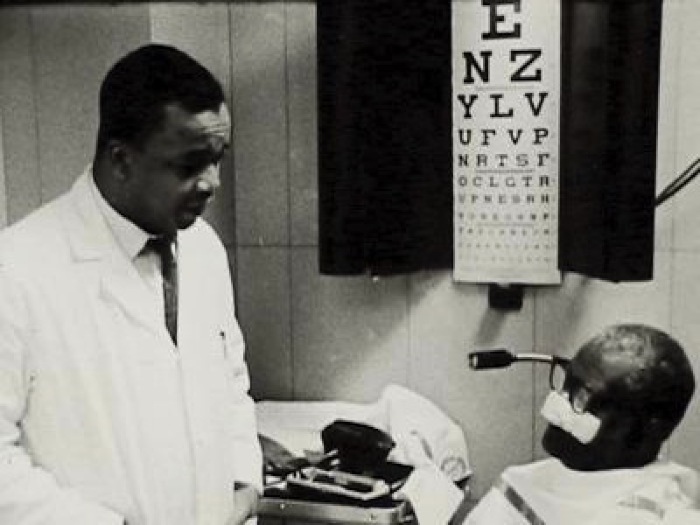


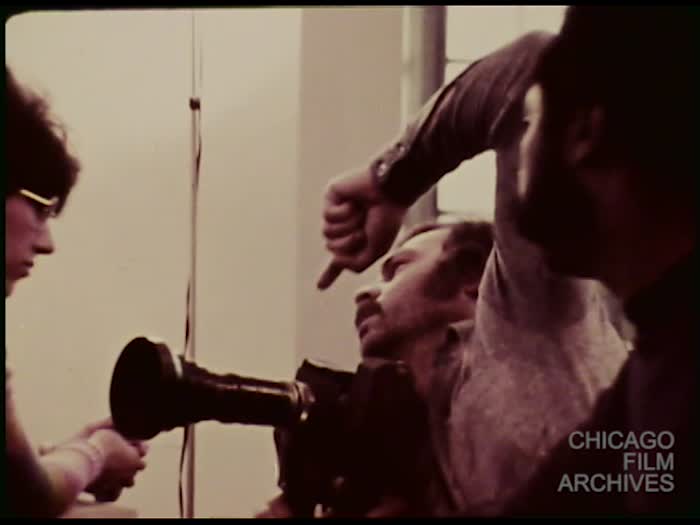
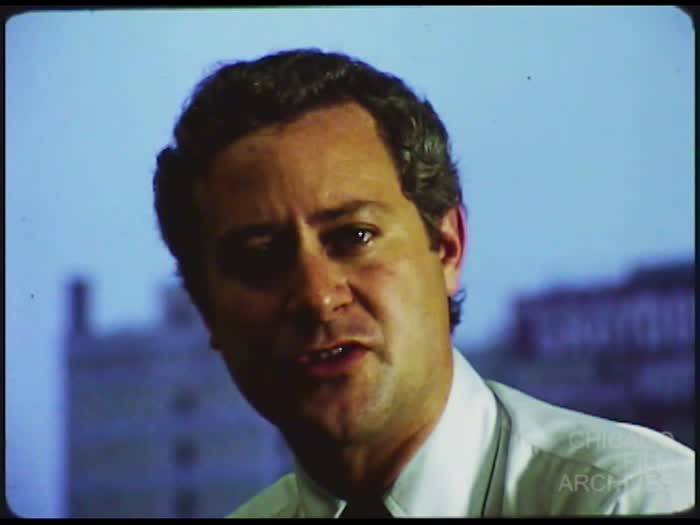
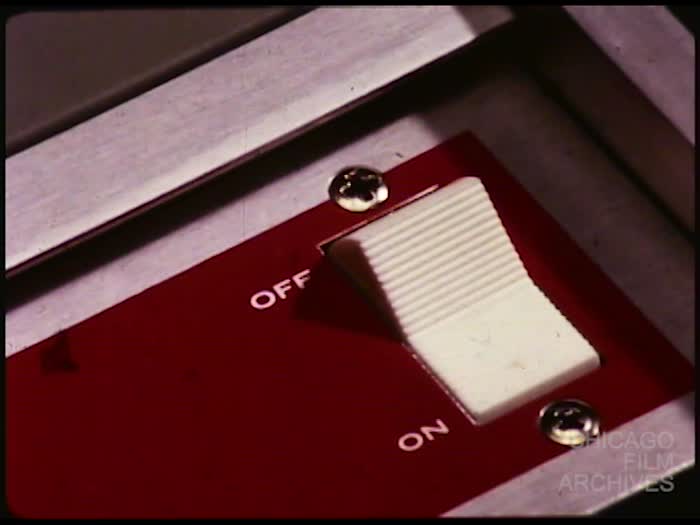
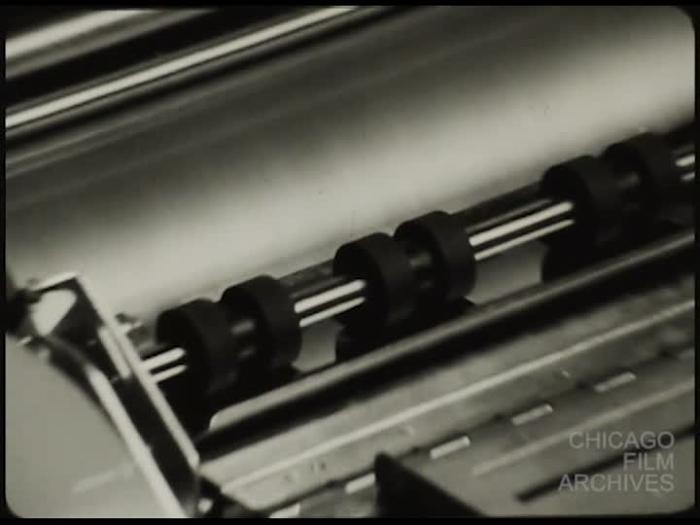
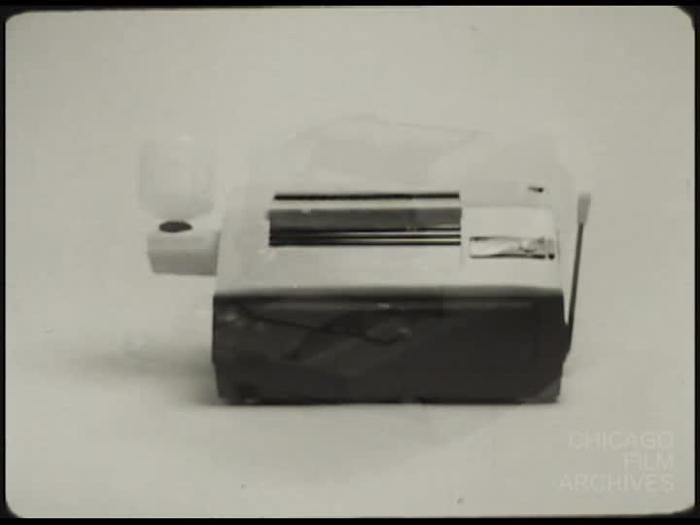
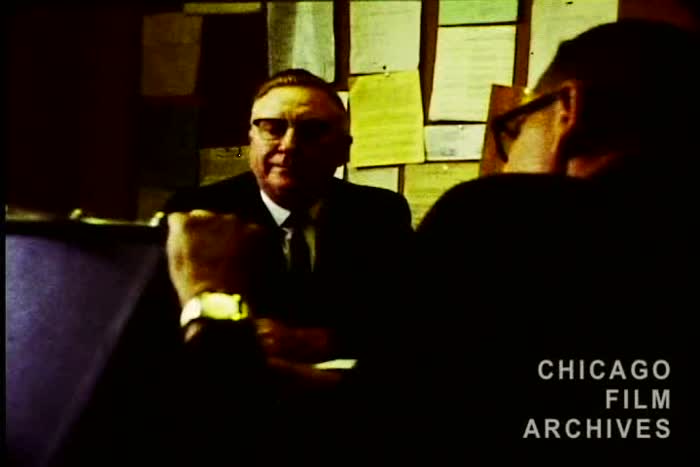
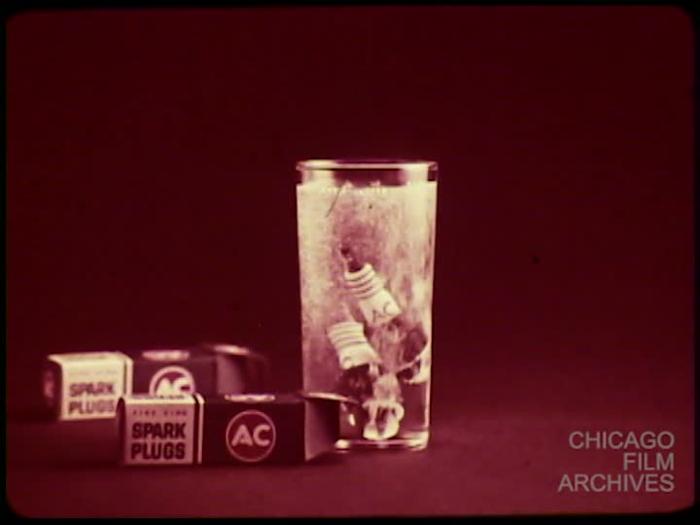
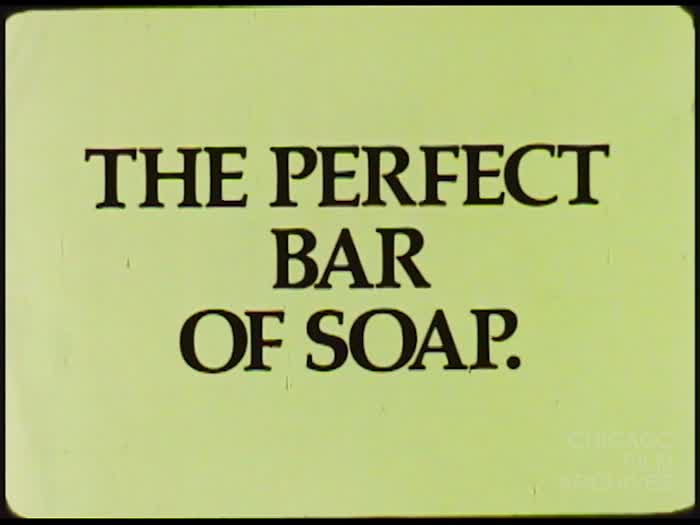
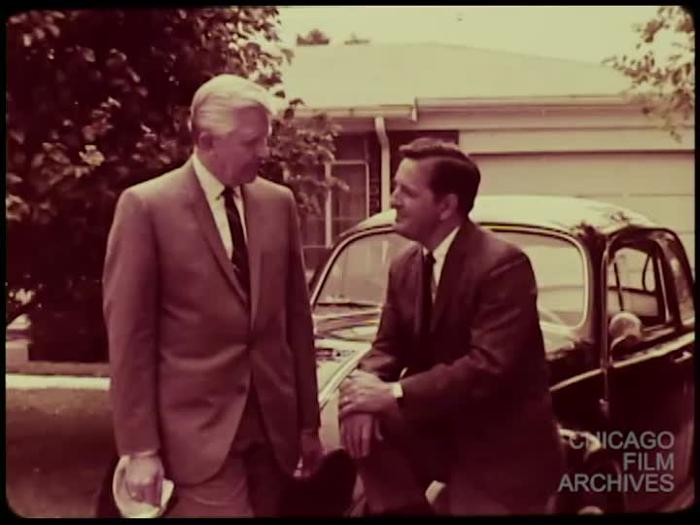
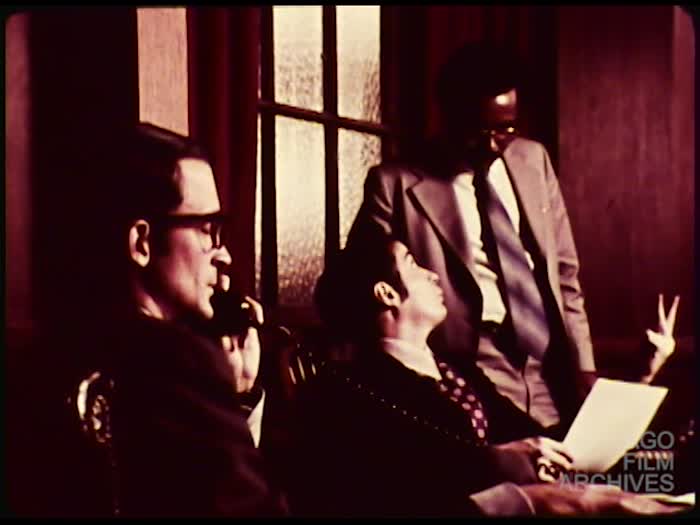
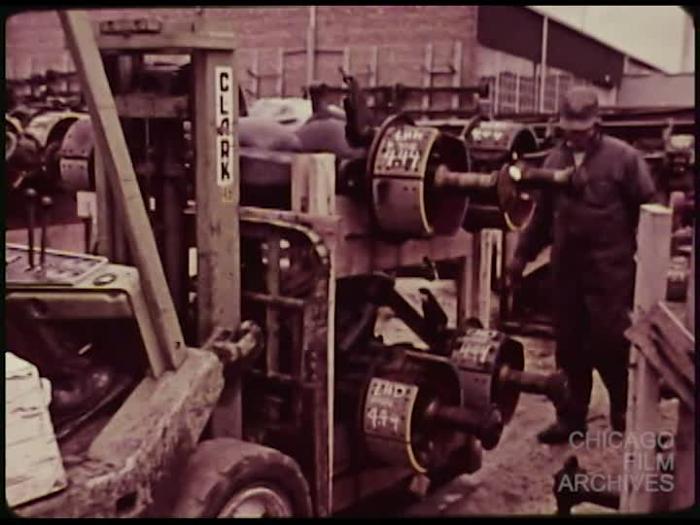
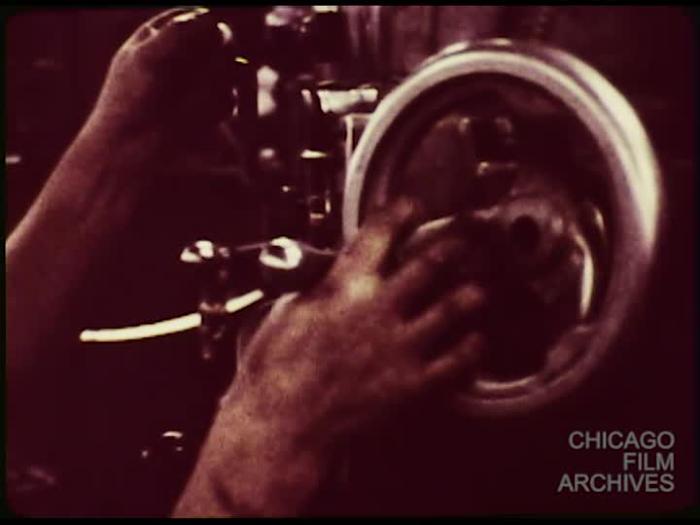
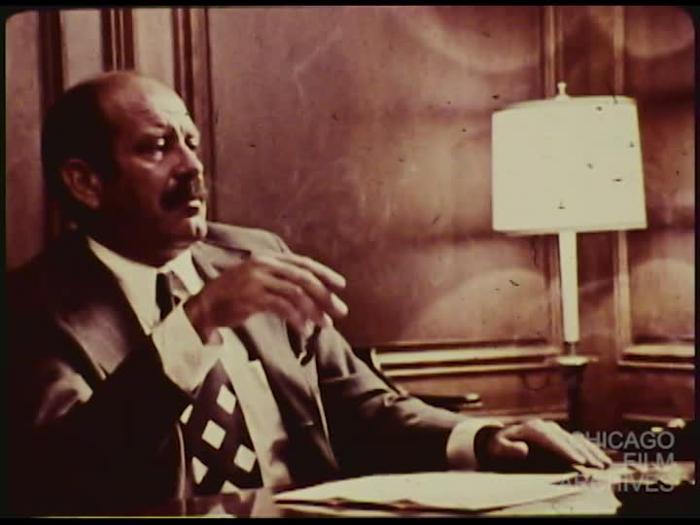
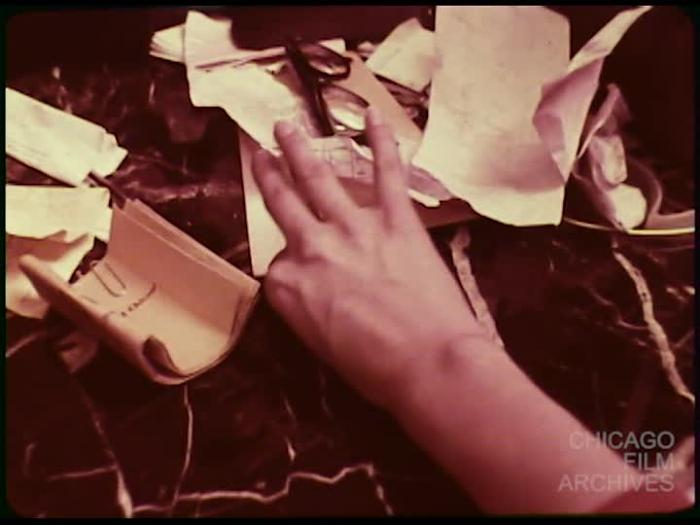
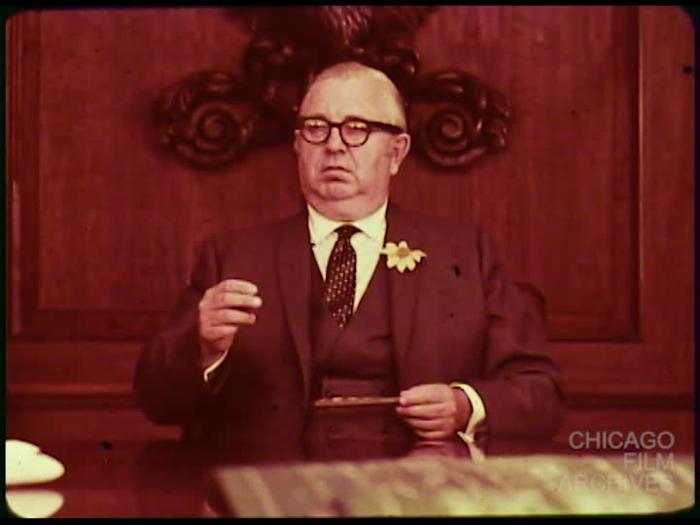
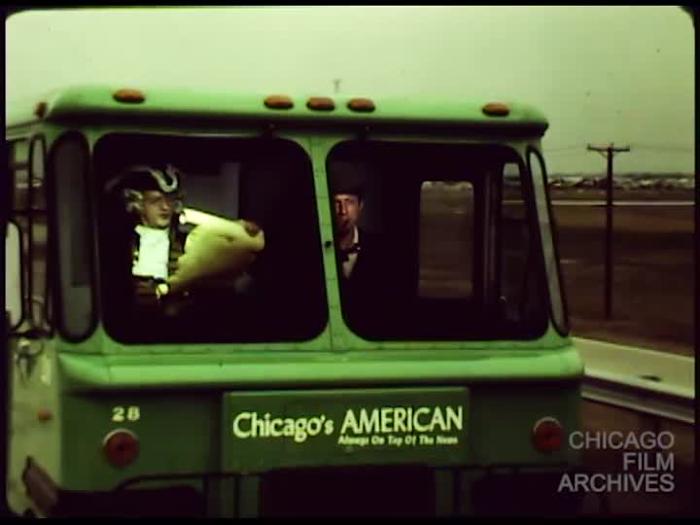
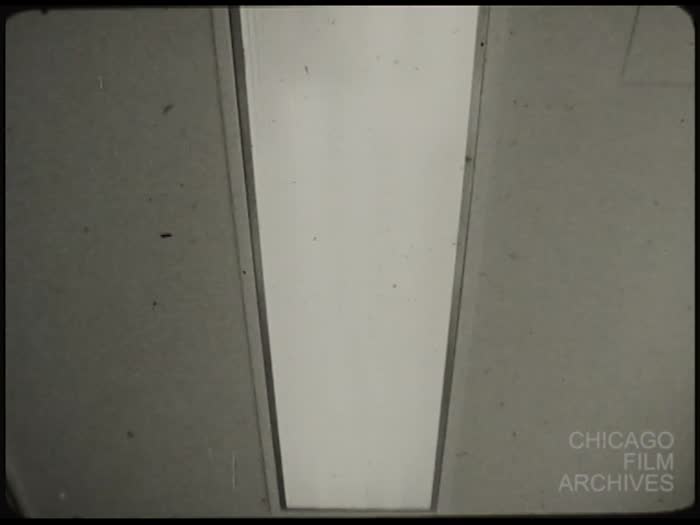
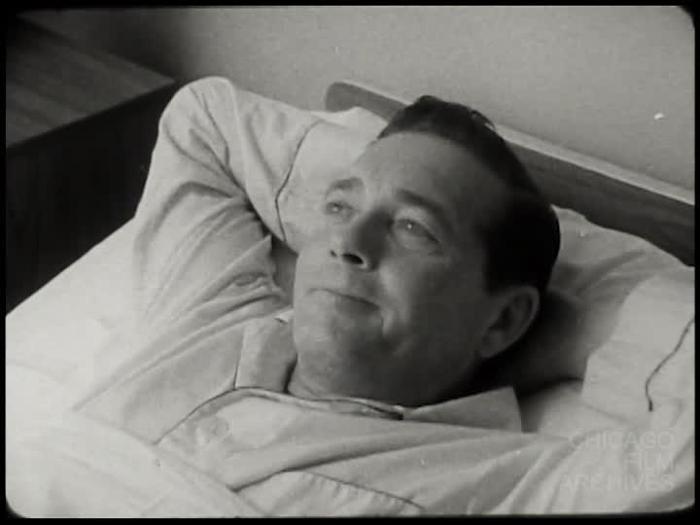
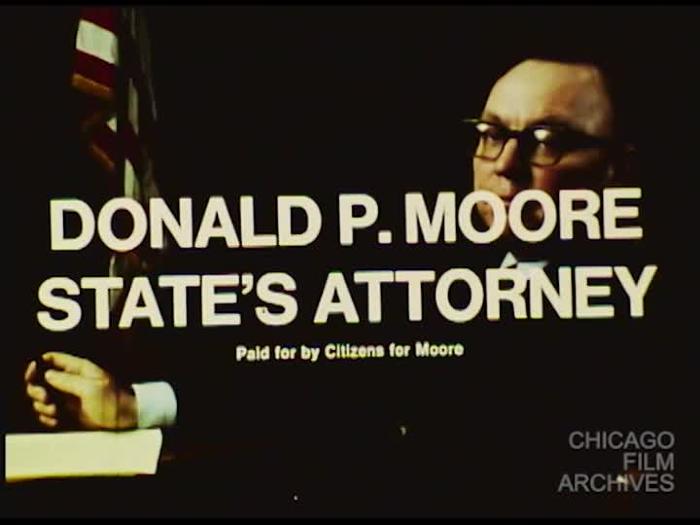
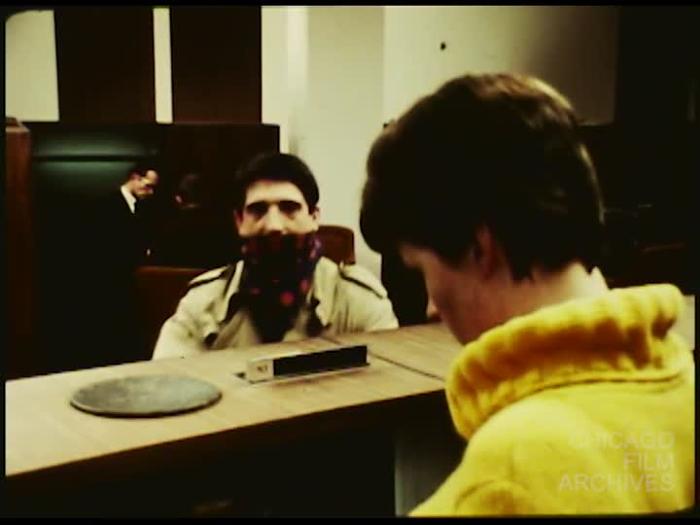
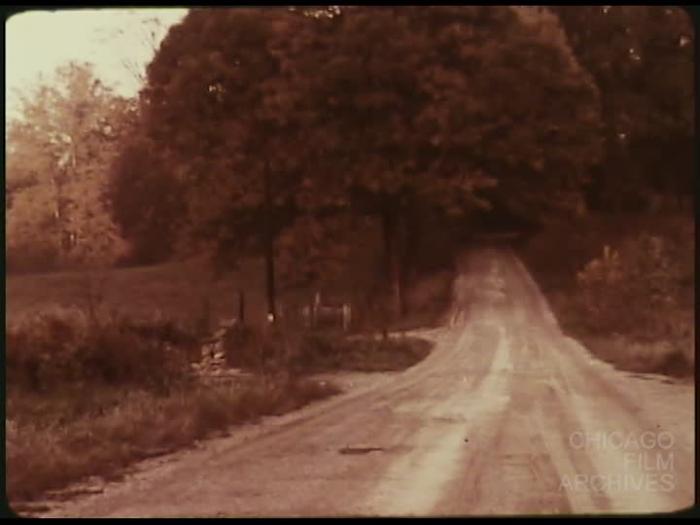
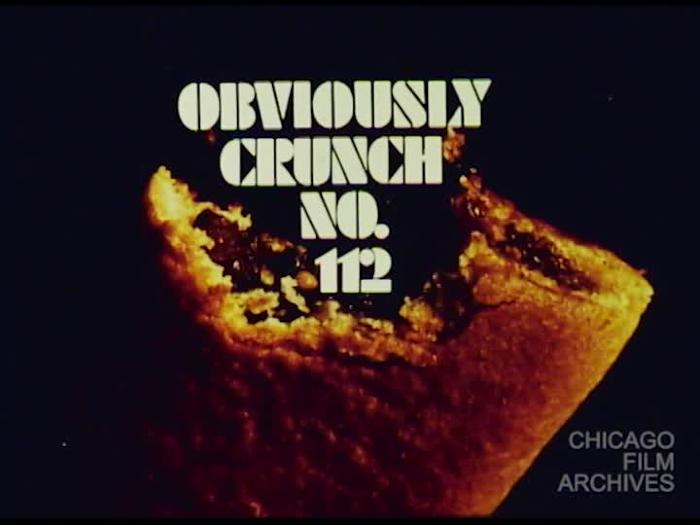
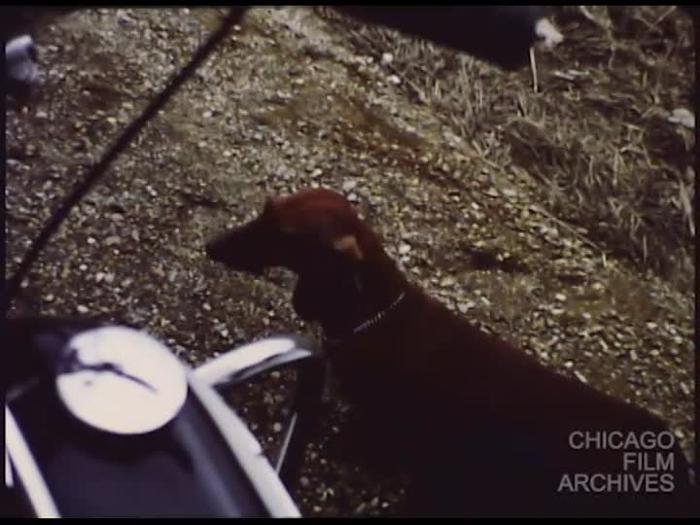
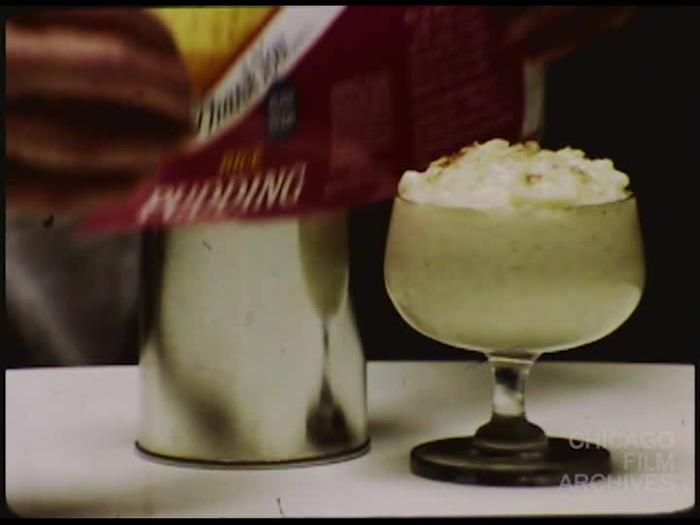
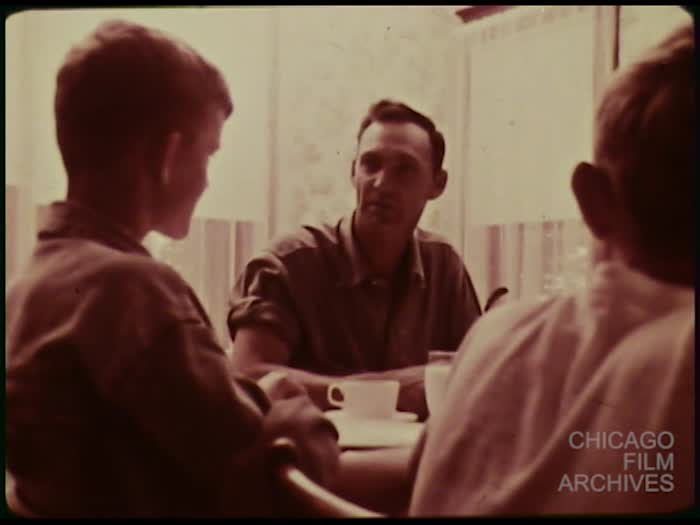
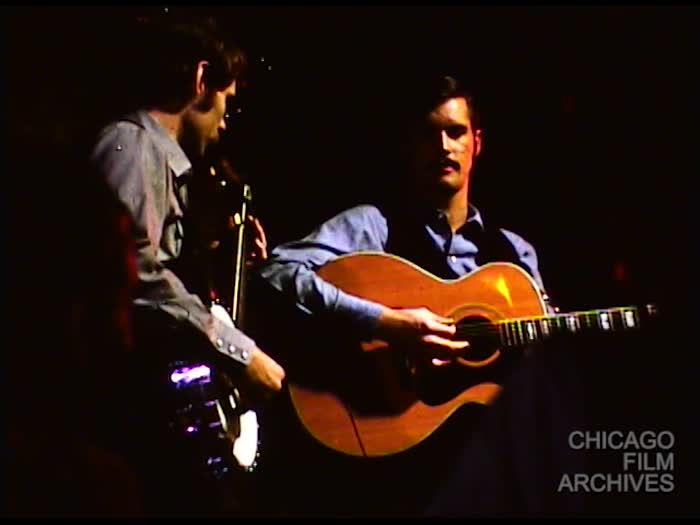
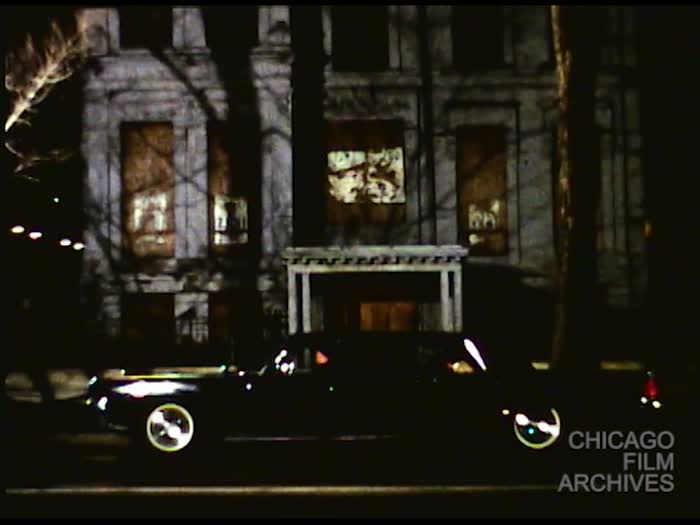
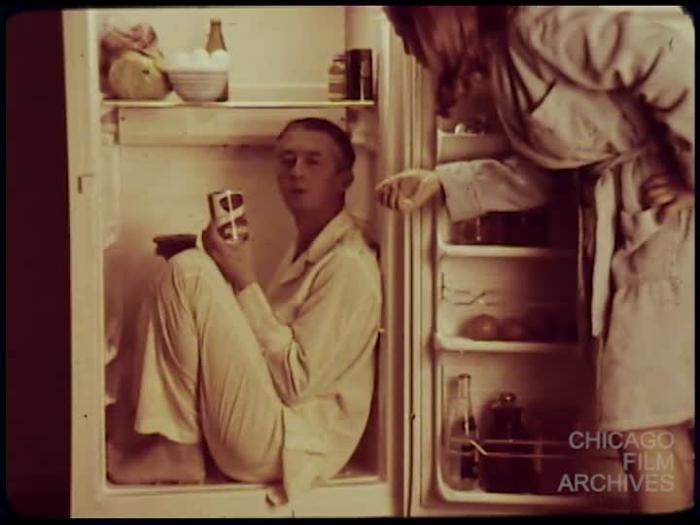
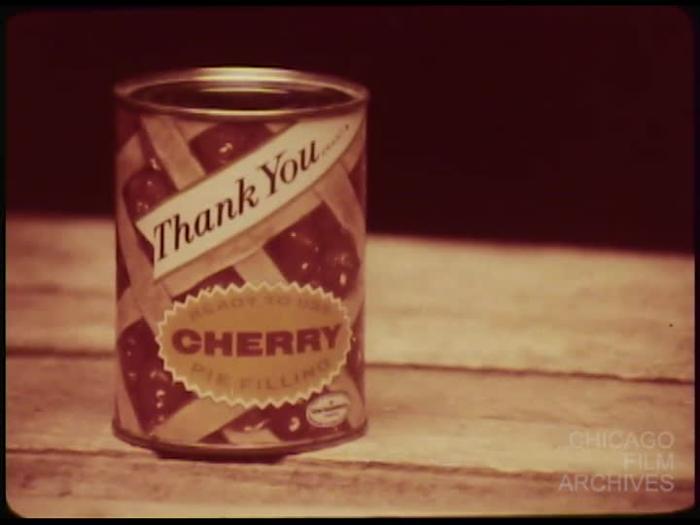

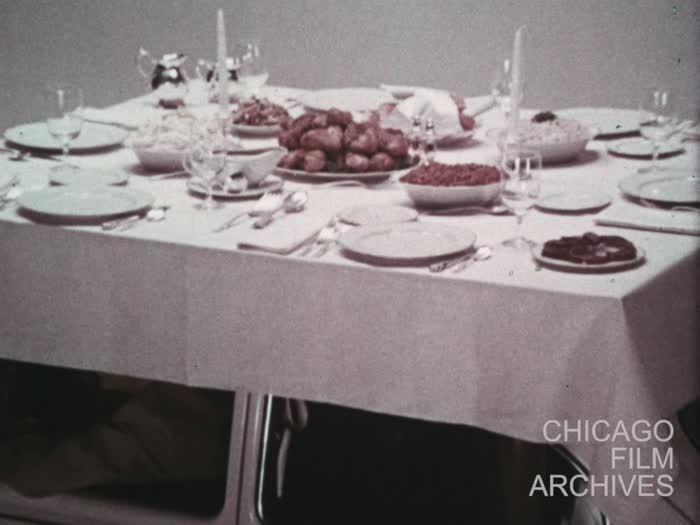

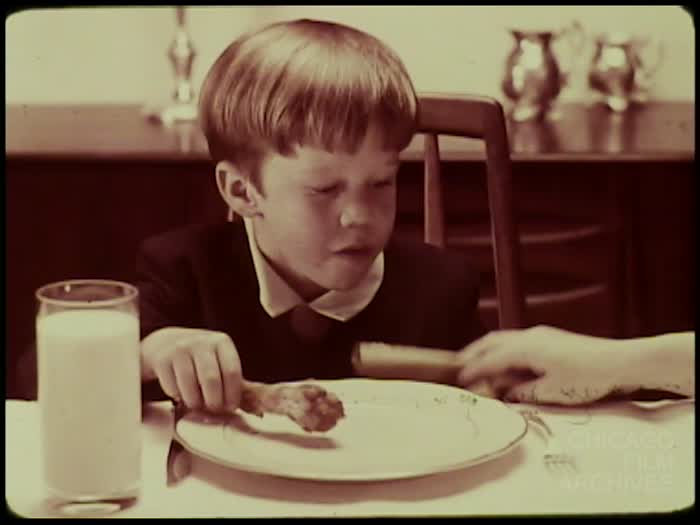
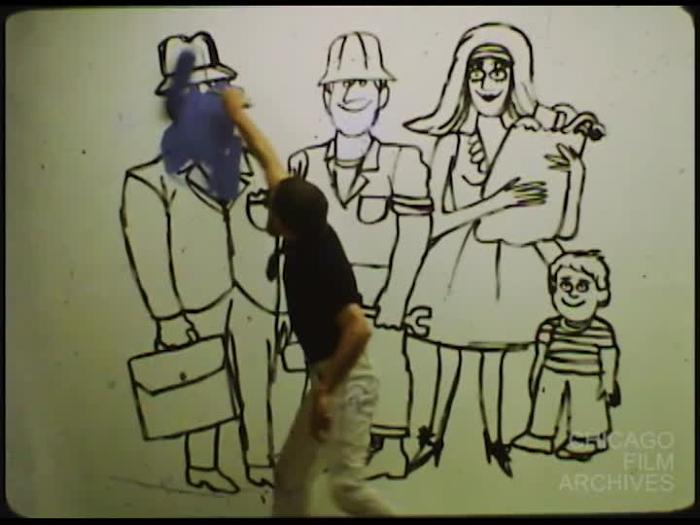
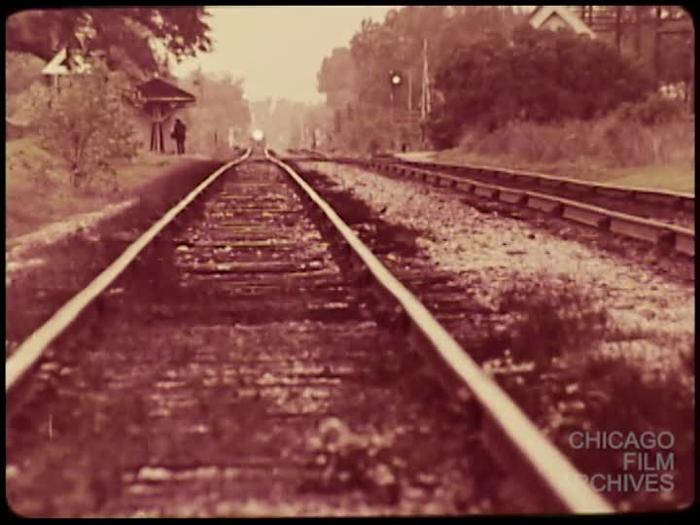
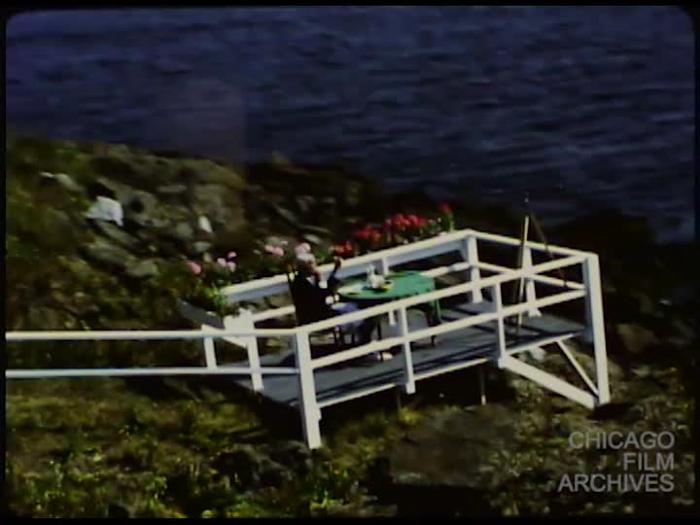
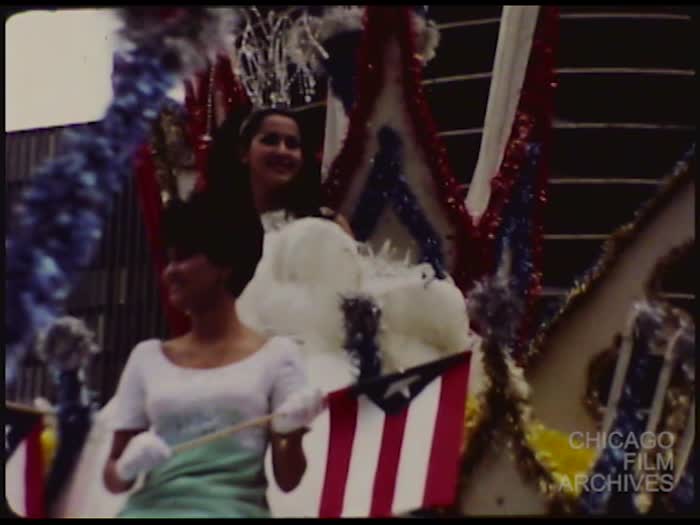
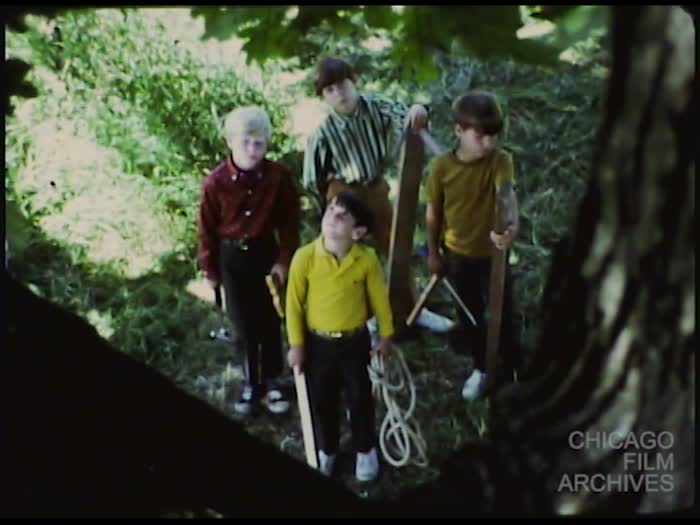

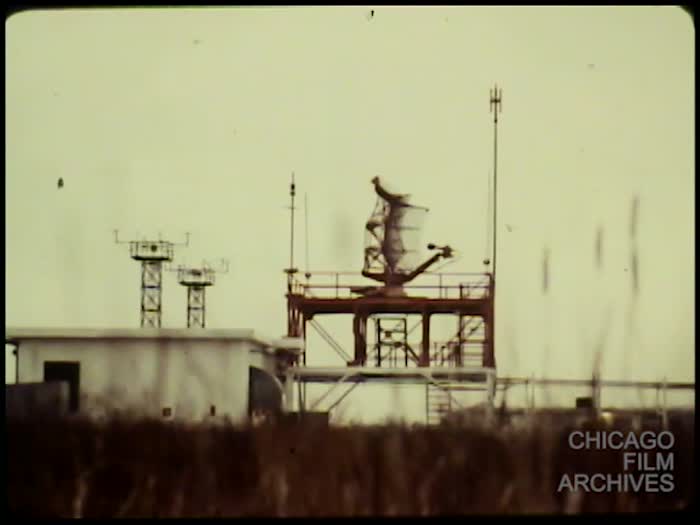
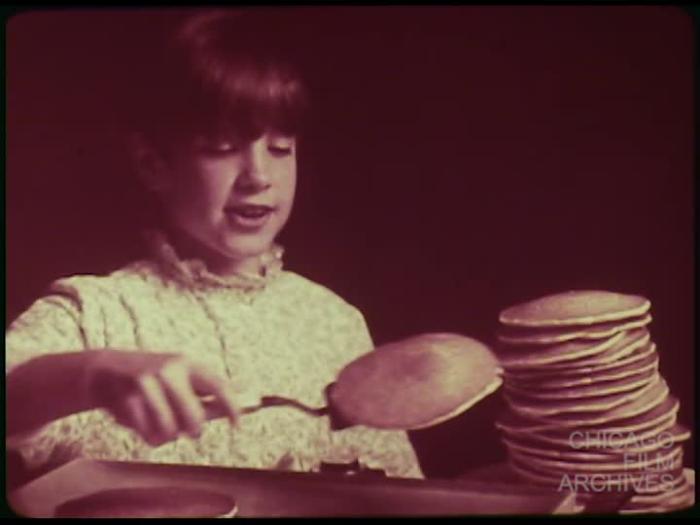
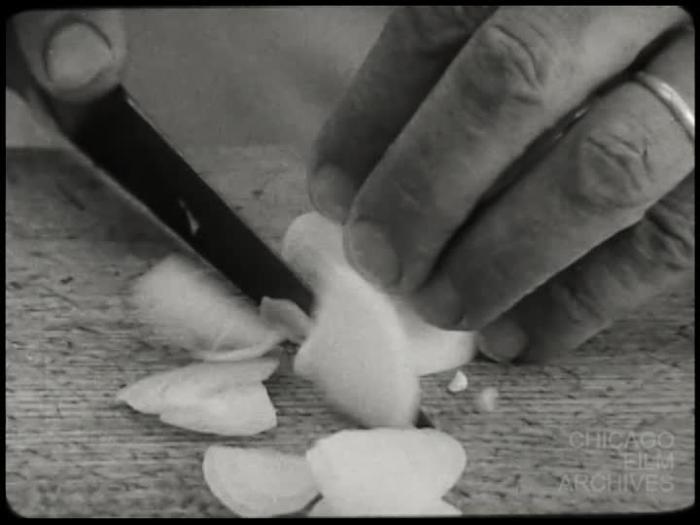

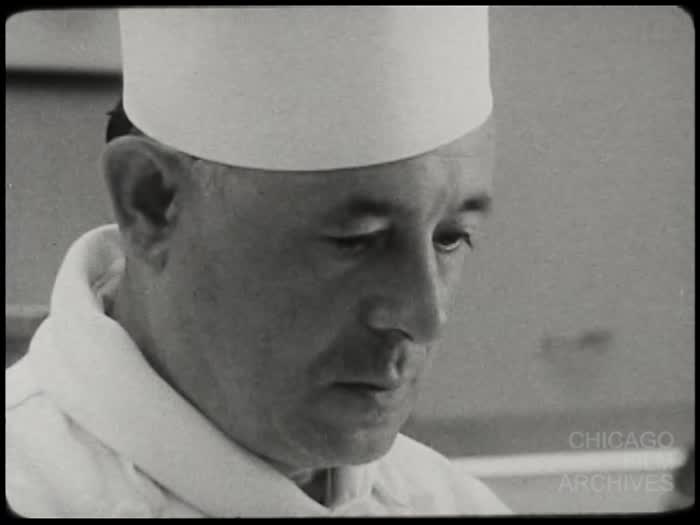
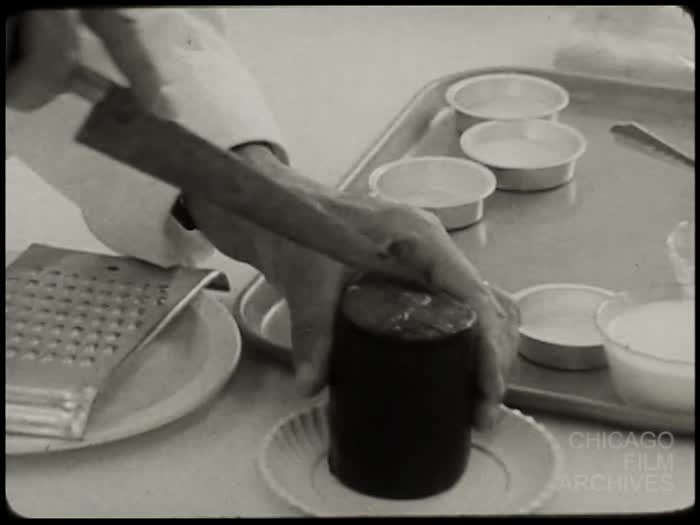
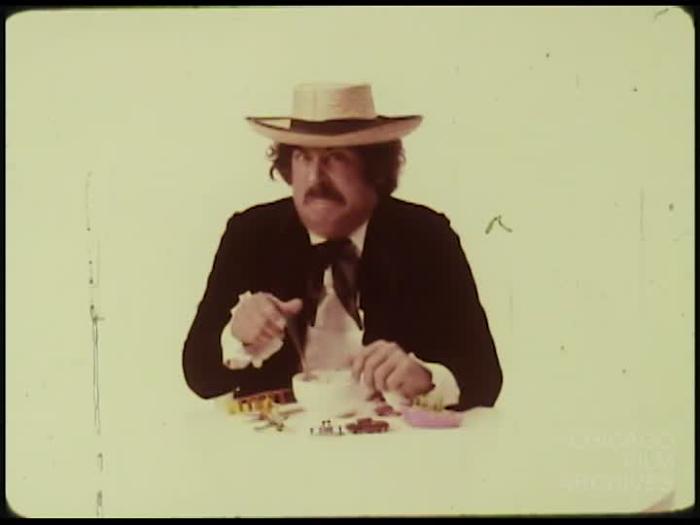
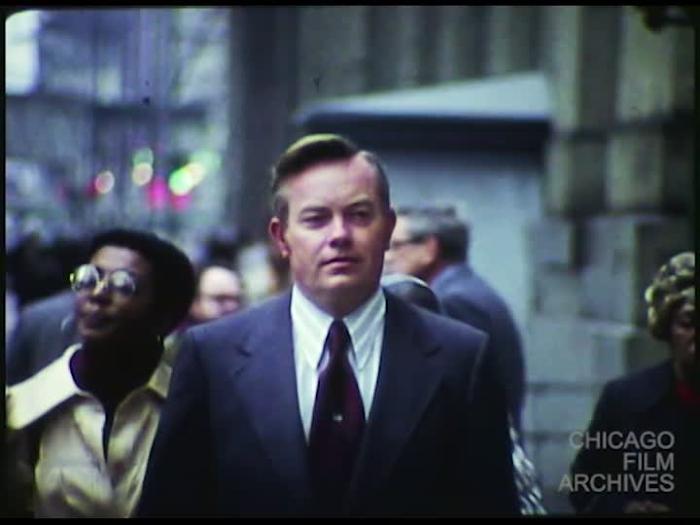
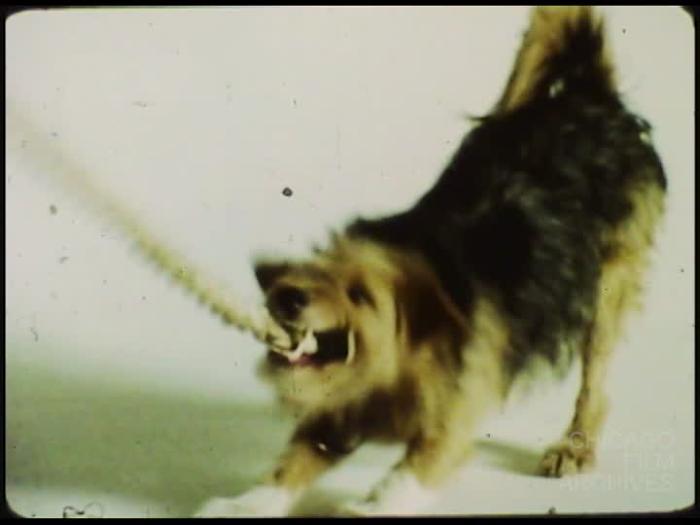
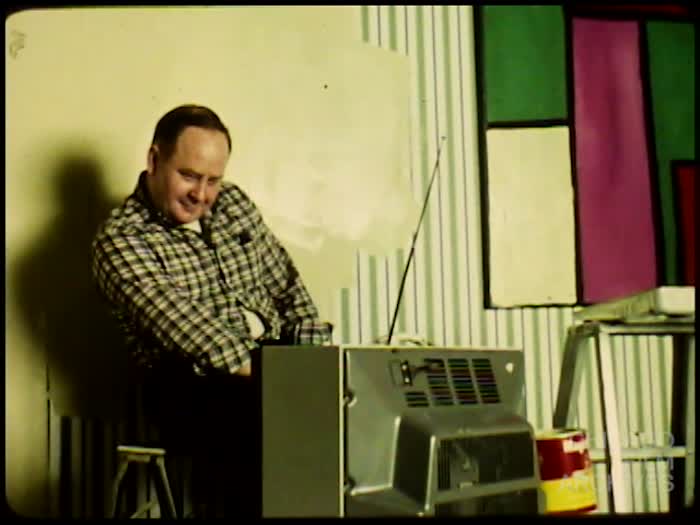
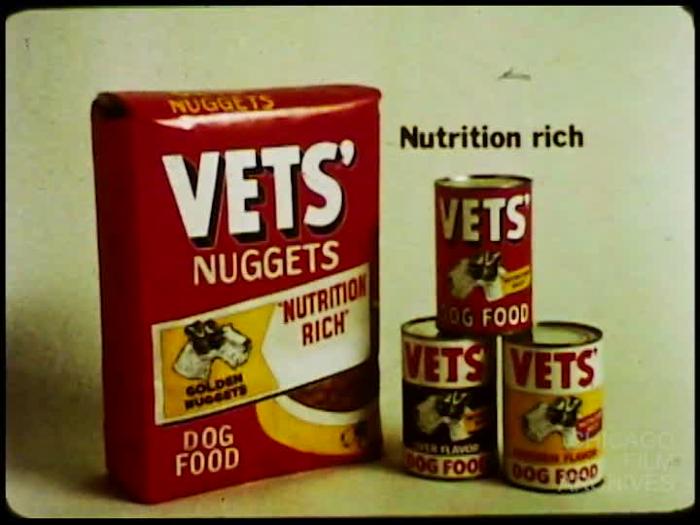
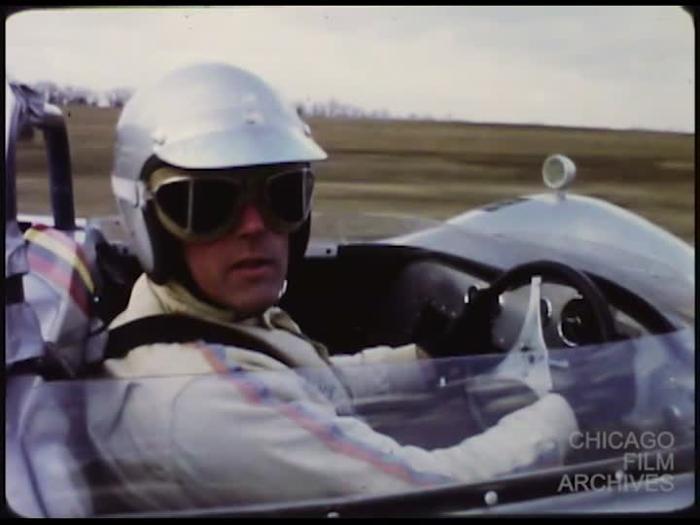
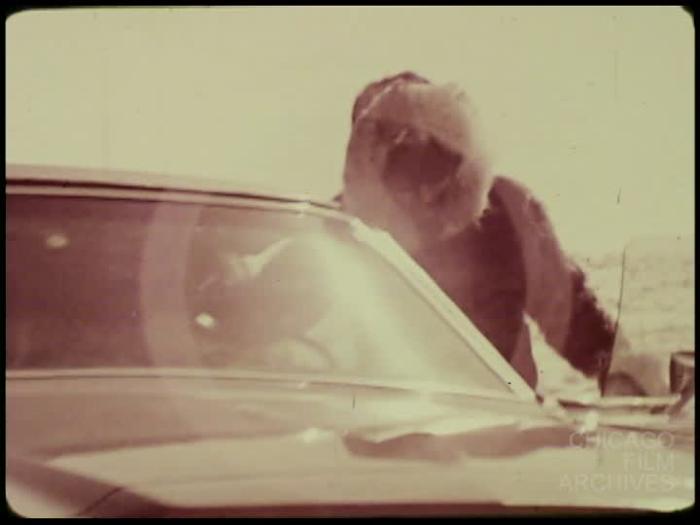
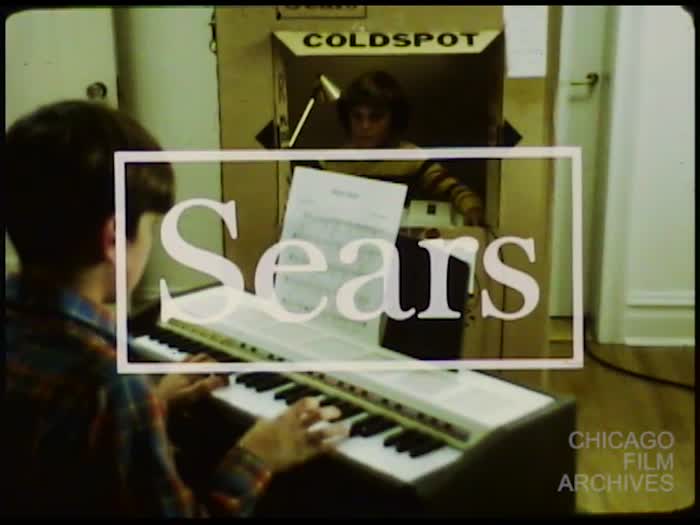
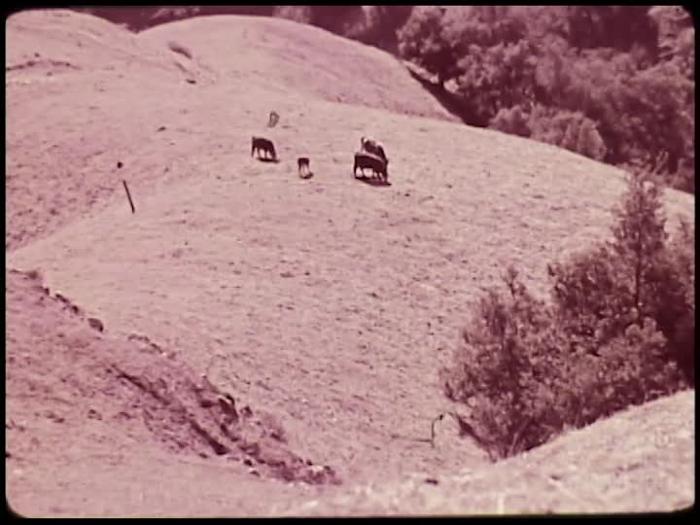
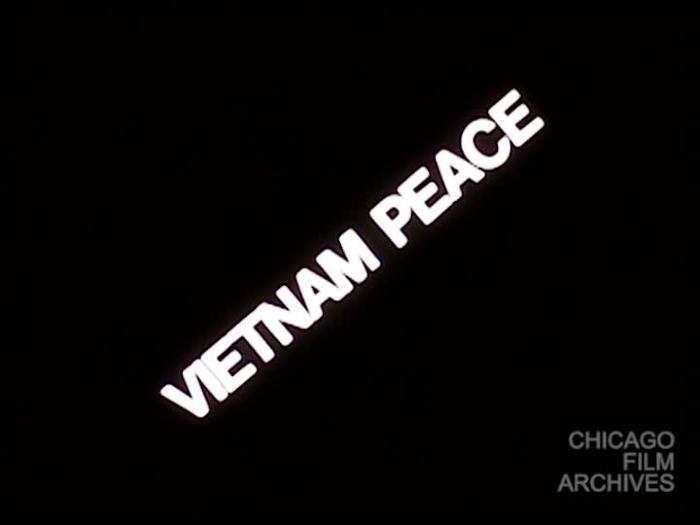
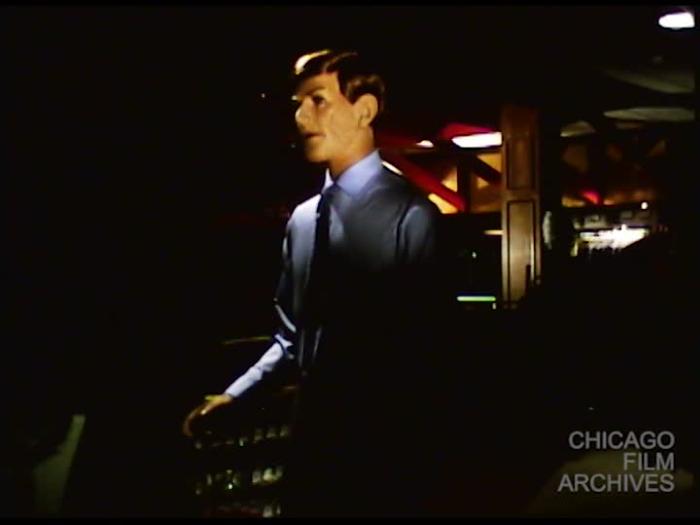
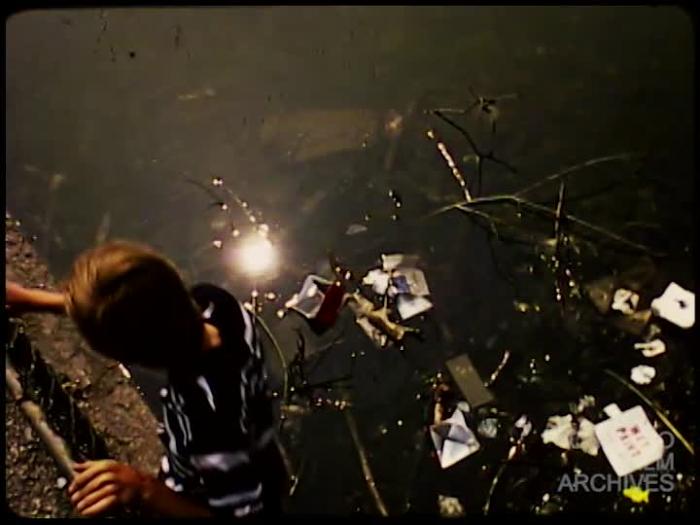

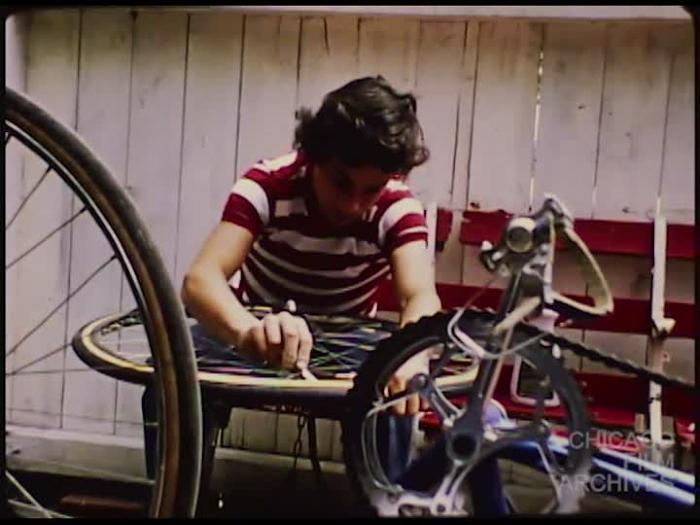
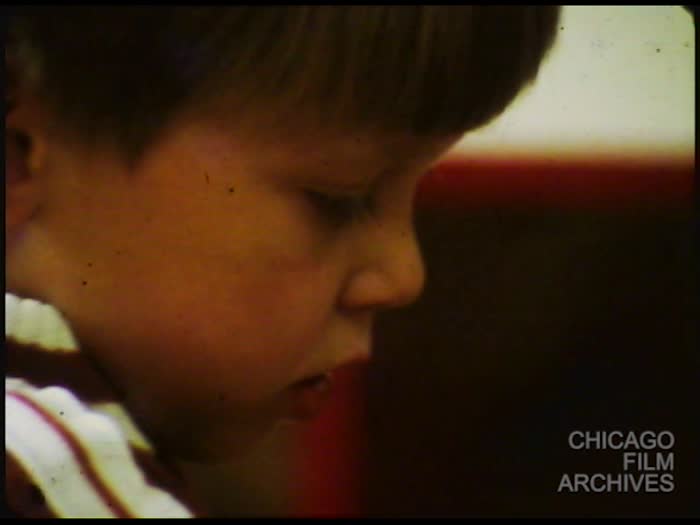
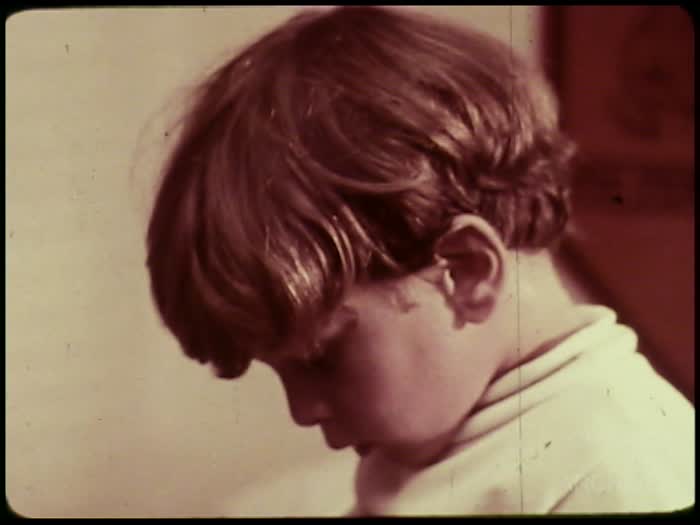
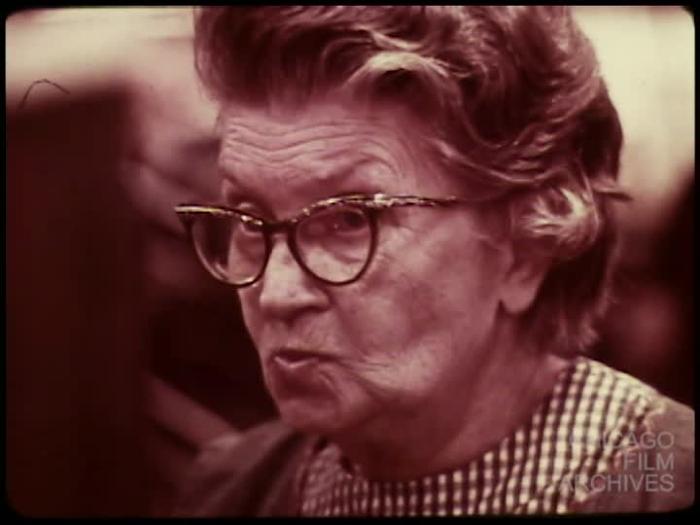
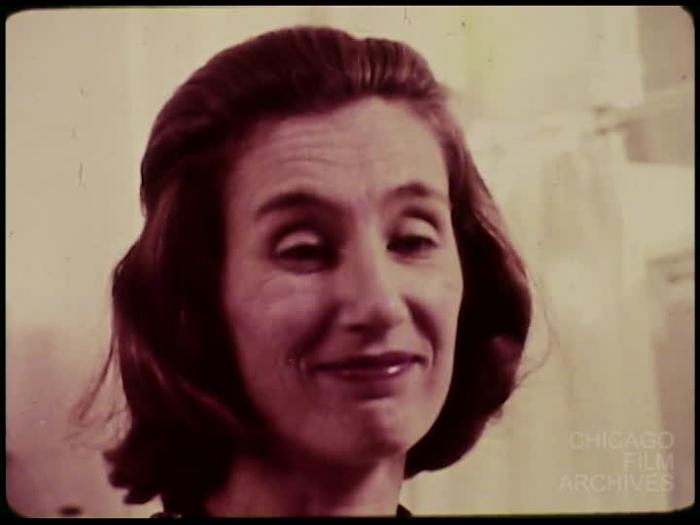
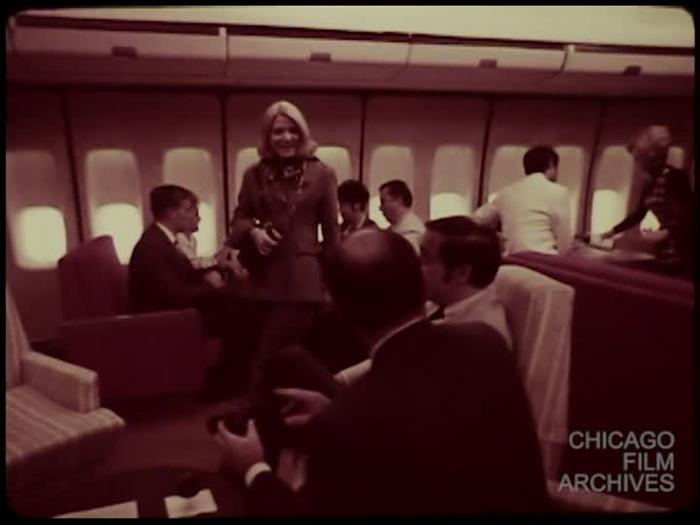
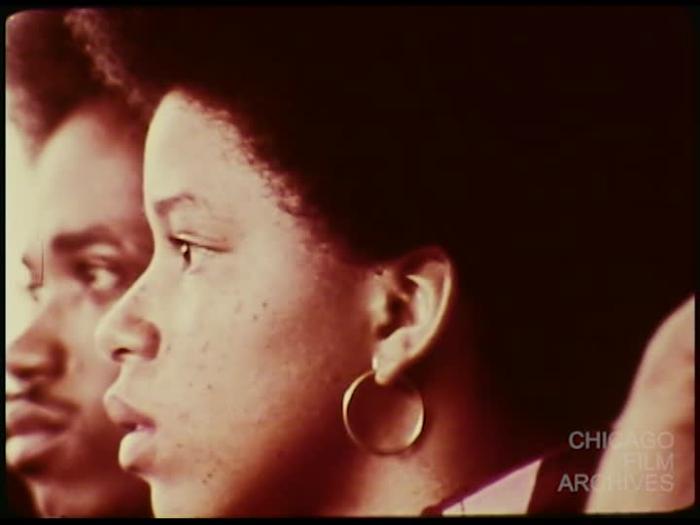
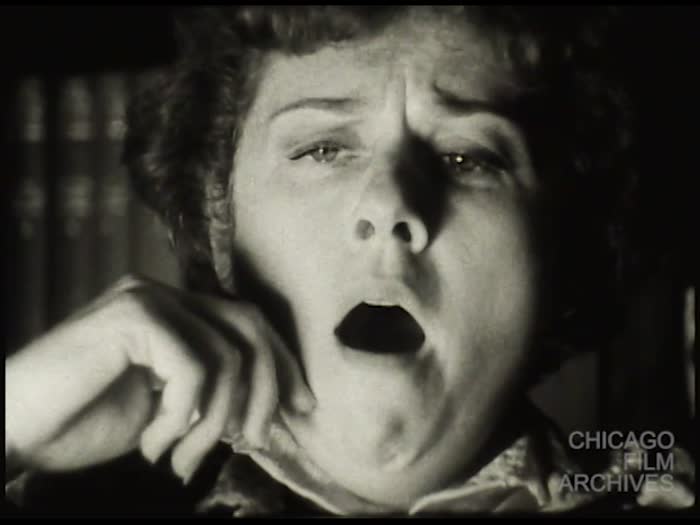
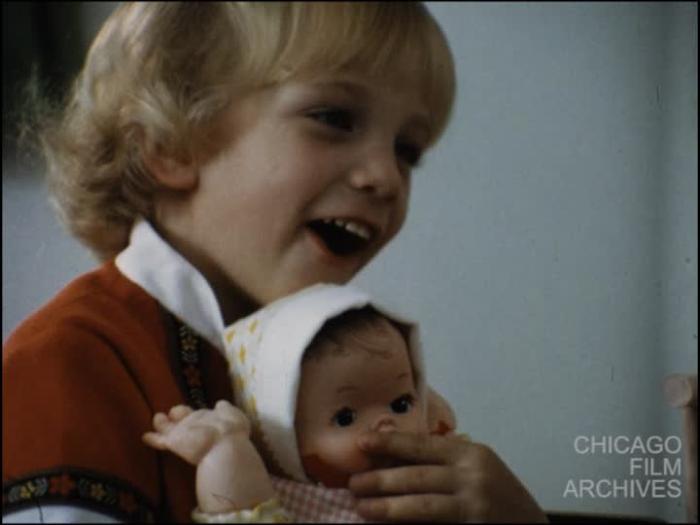
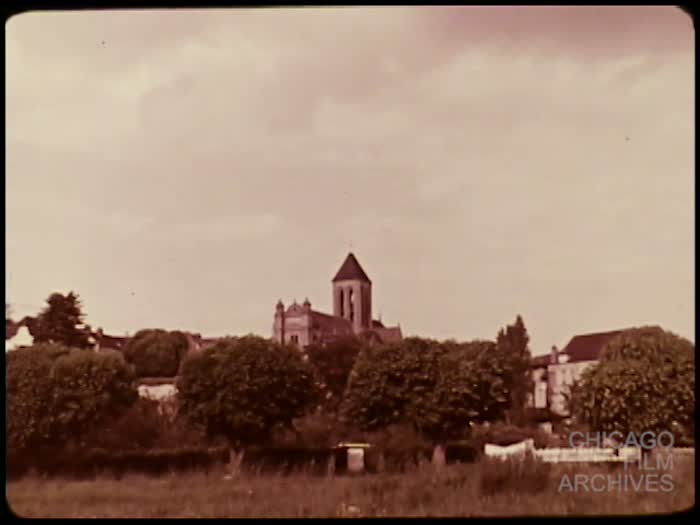
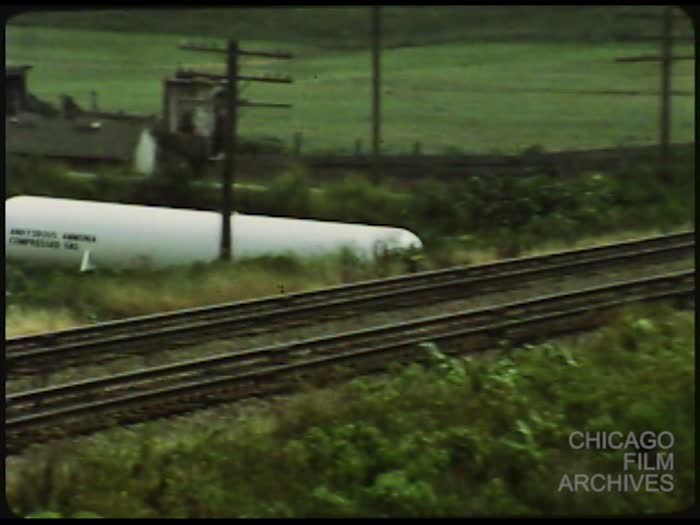
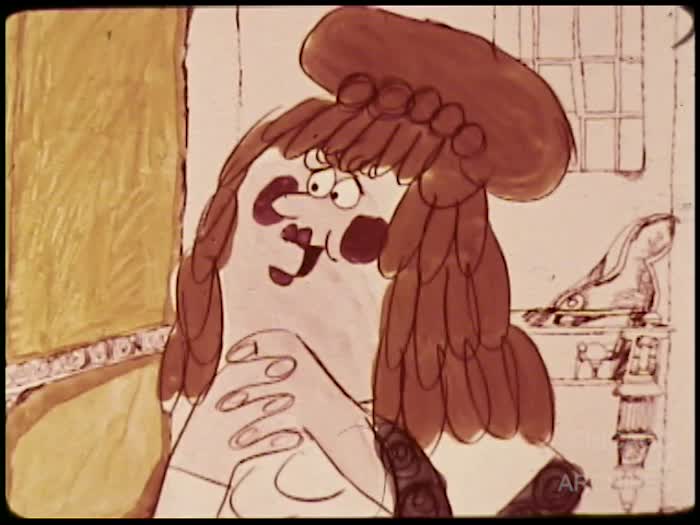
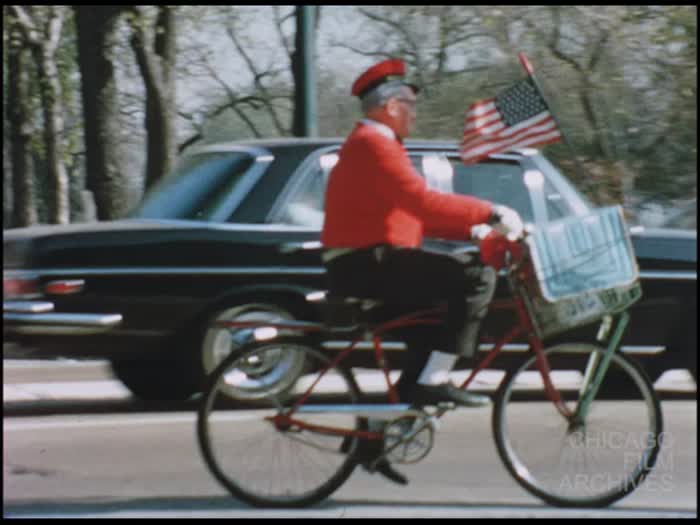
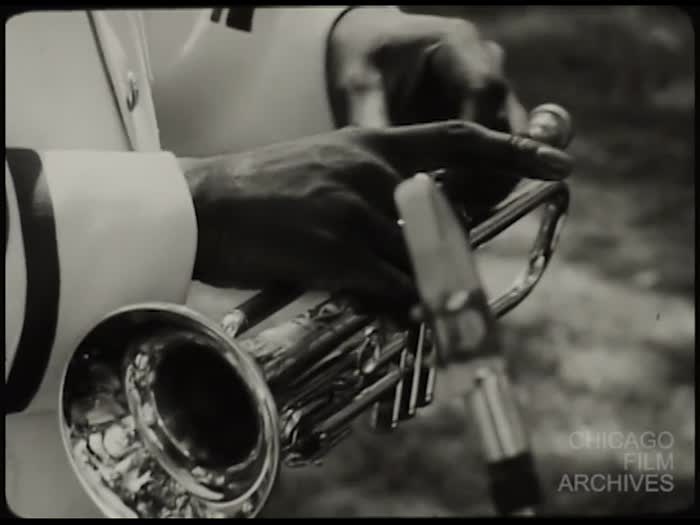
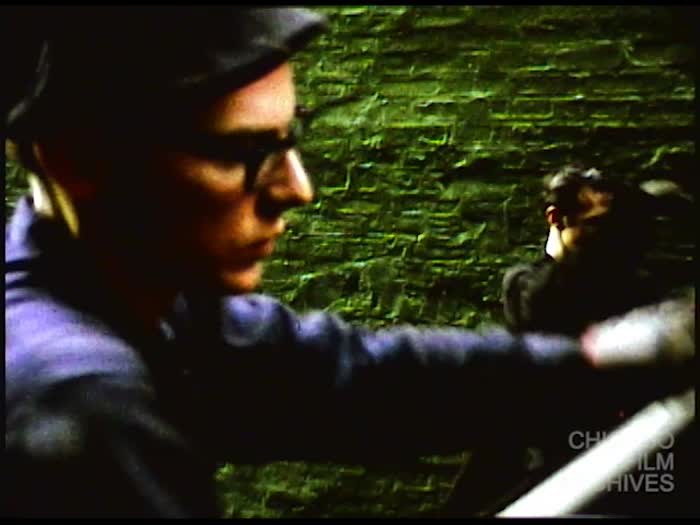
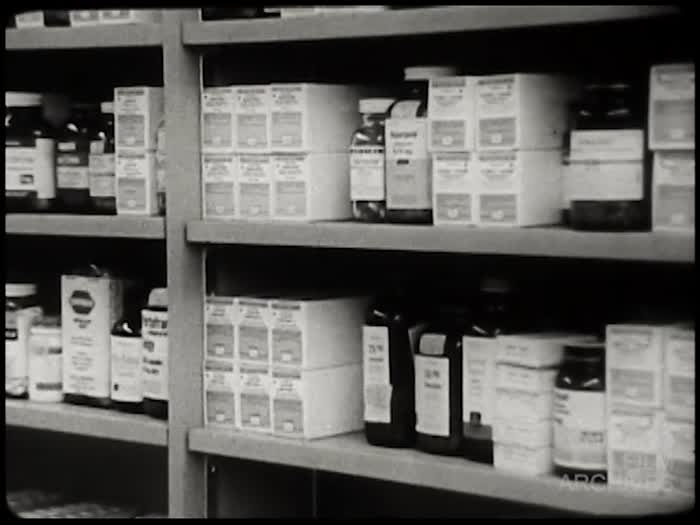
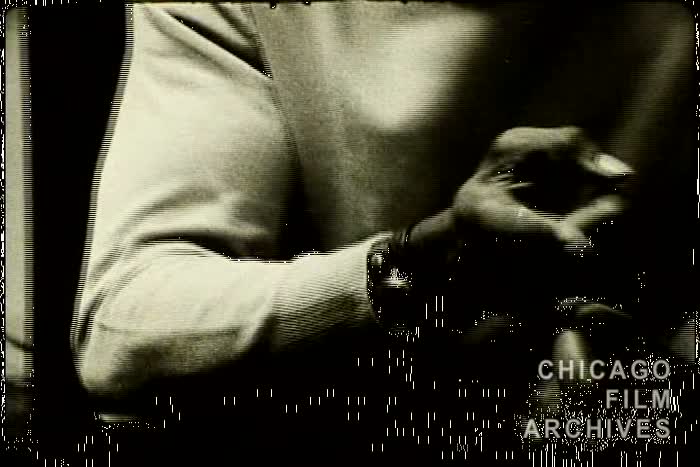
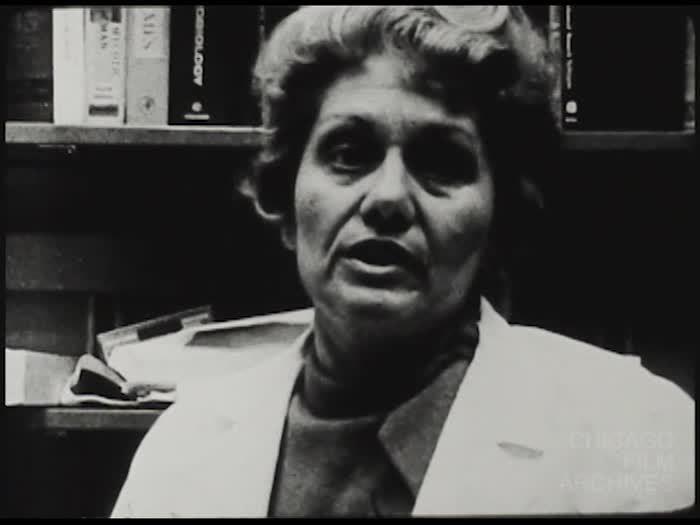

![Murder of Fred Hampton, The [Trailer]](https://collections.chicagofilmarchives.org/media/cfa/images/2/2/44490_ca_object_representations_media_2221_large.jpg)
![American Revolution 2 [Trailer]](https://collections.chicagofilmarchives.org/media/cfa/images/1/5/59345_ca_object_representations_media_1599_large.jpg)
